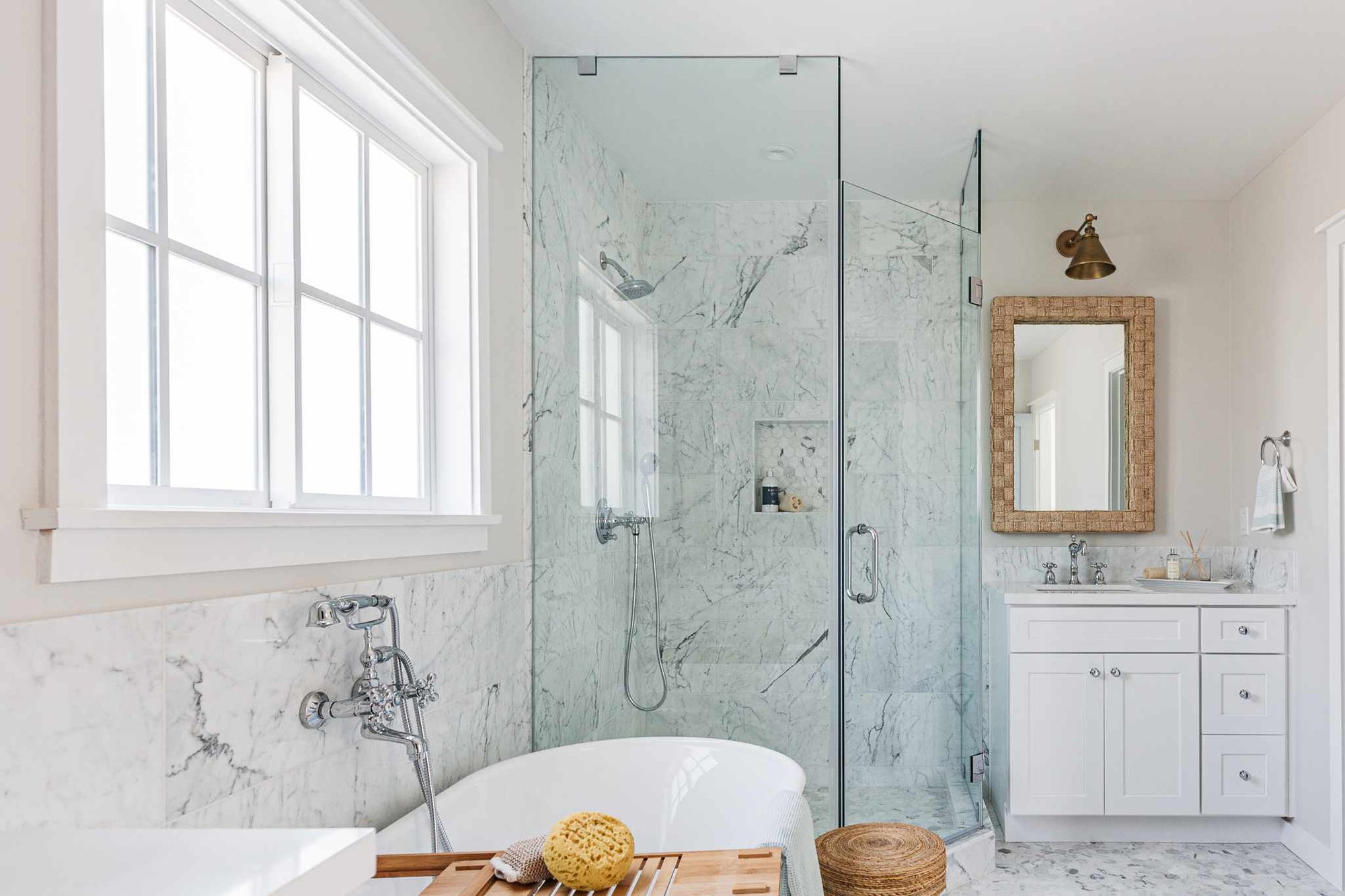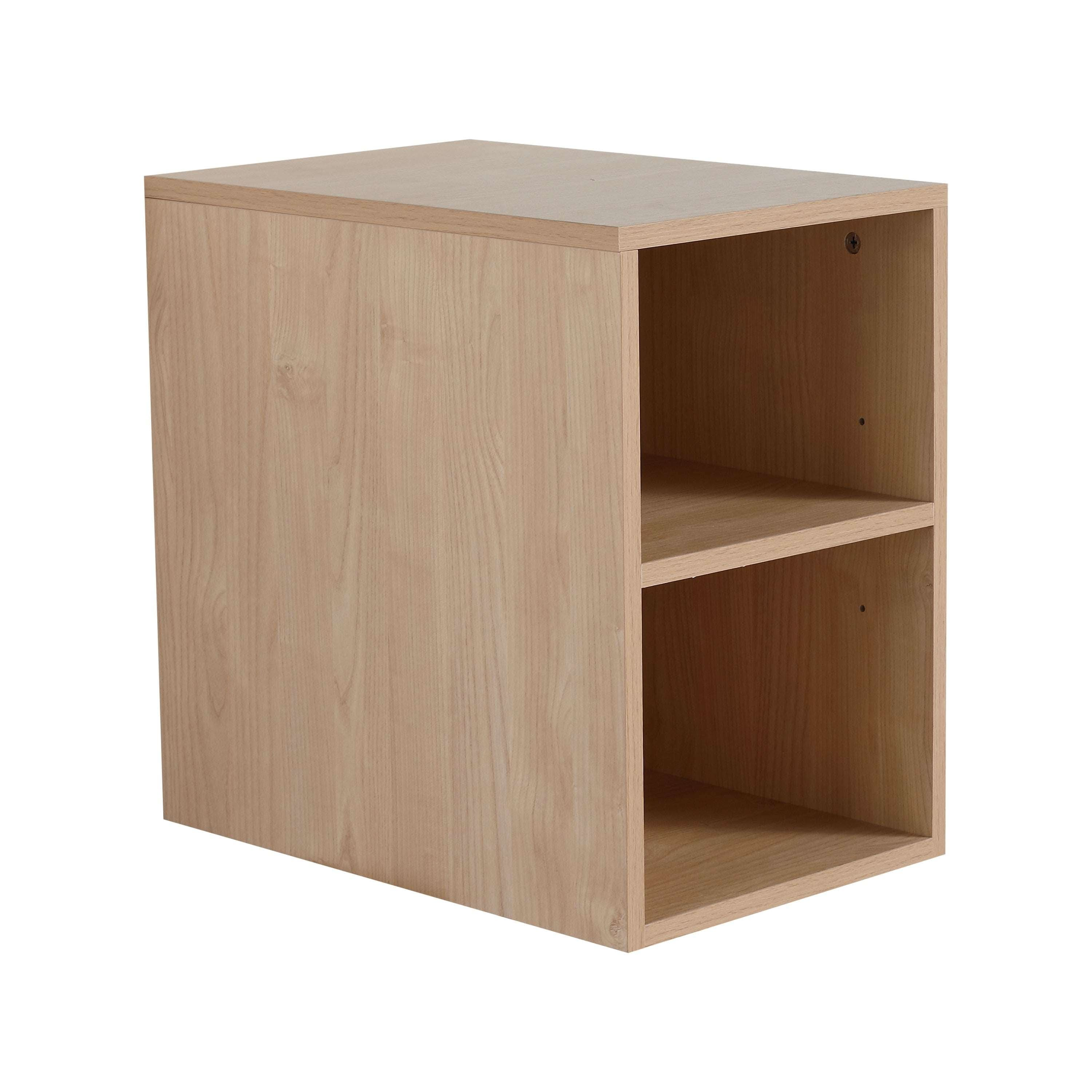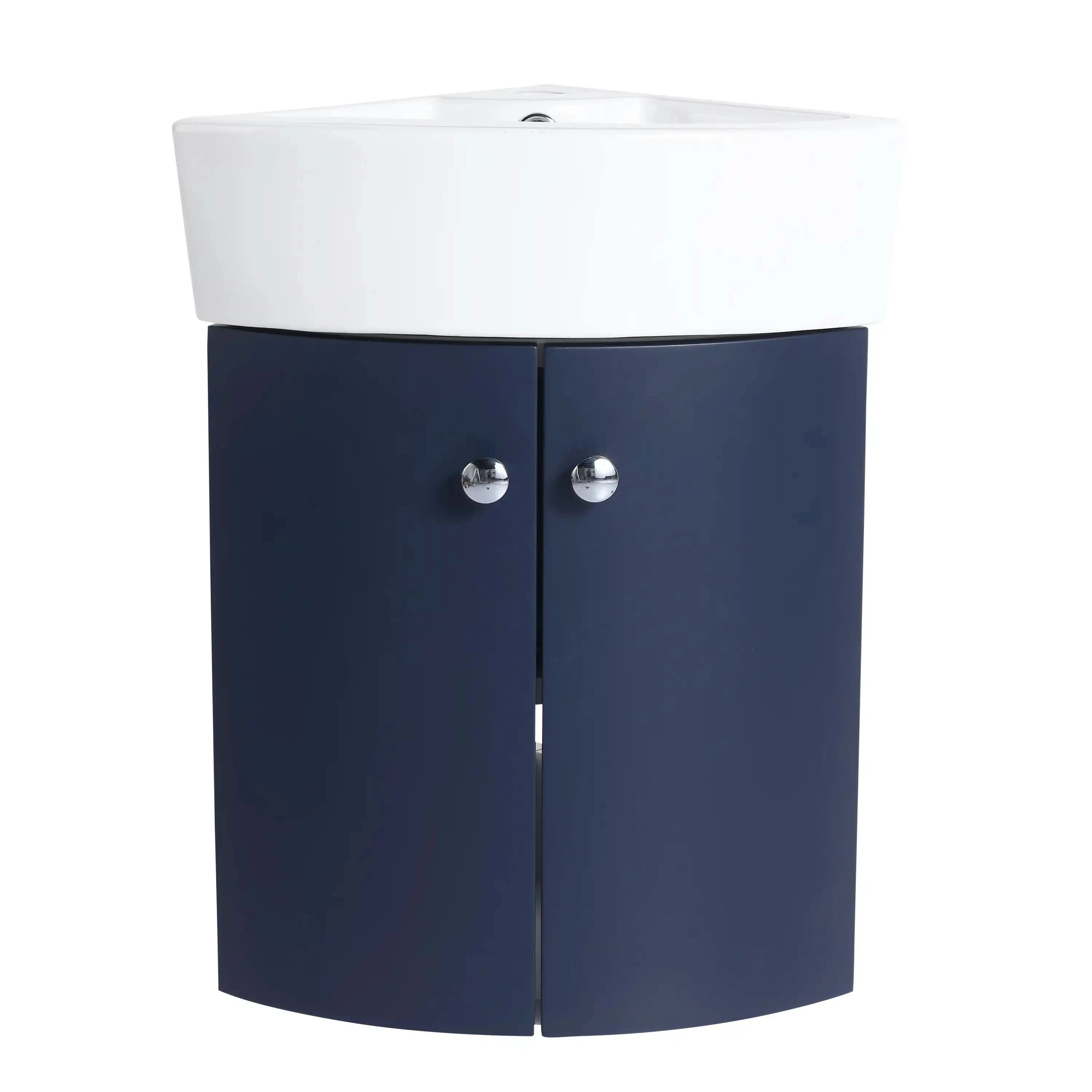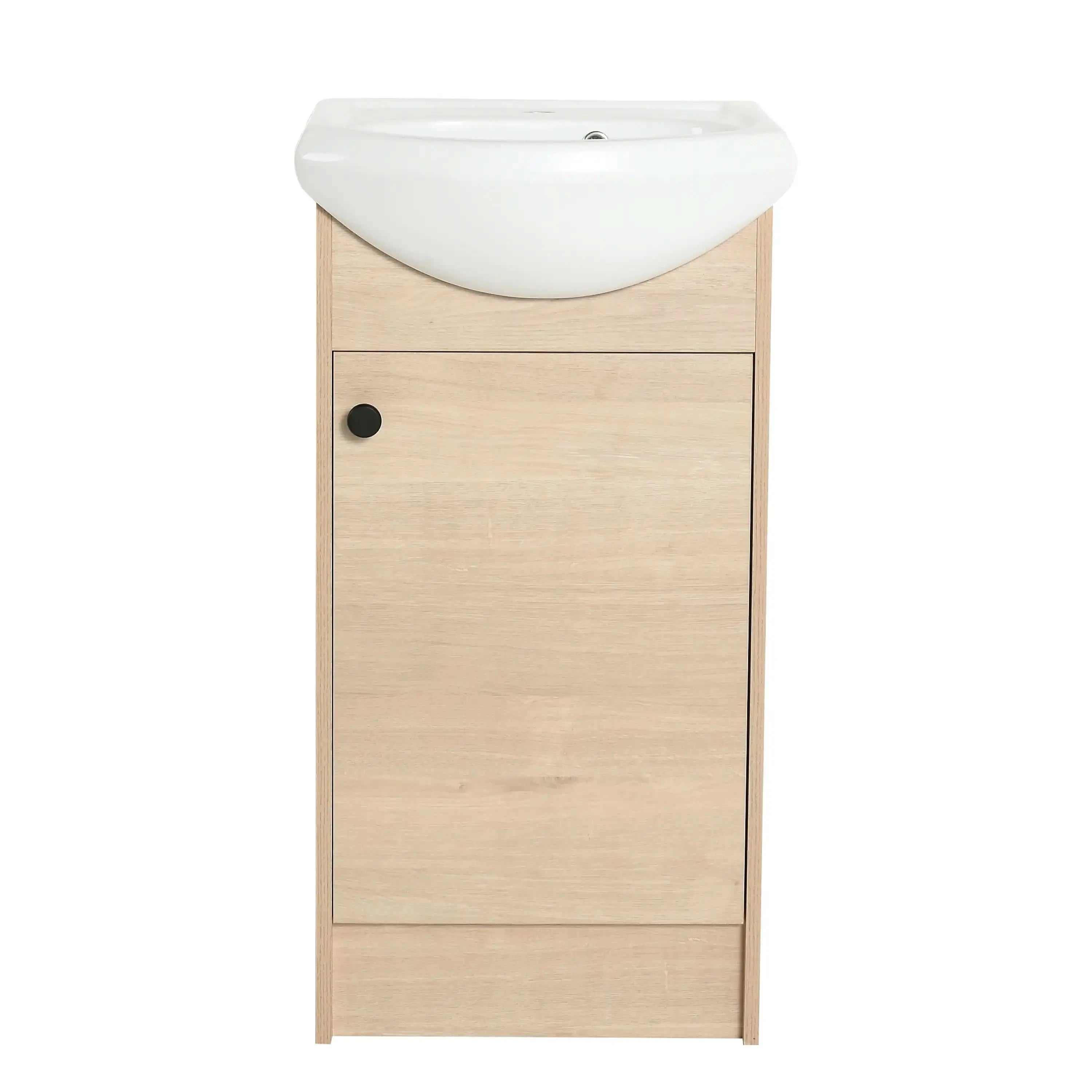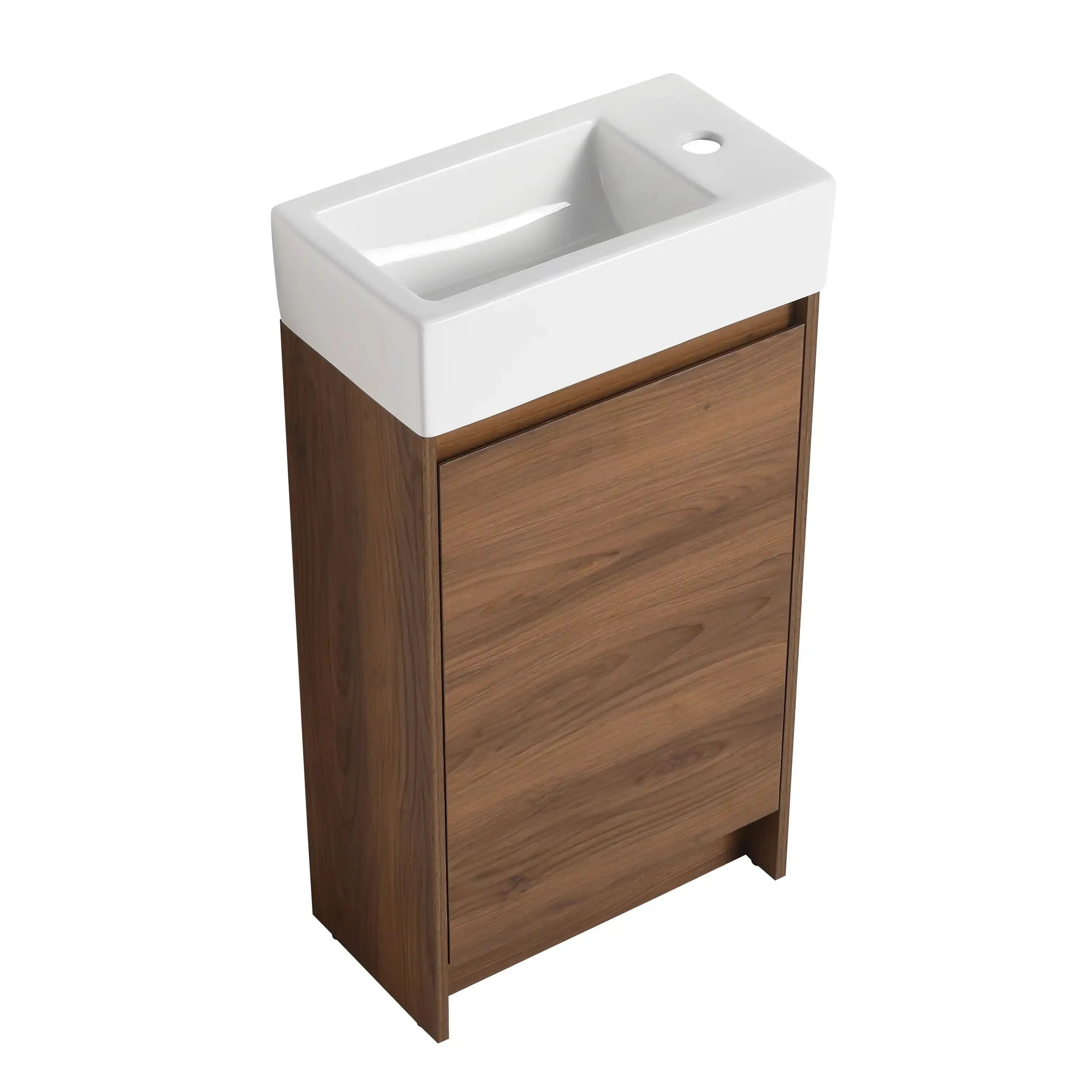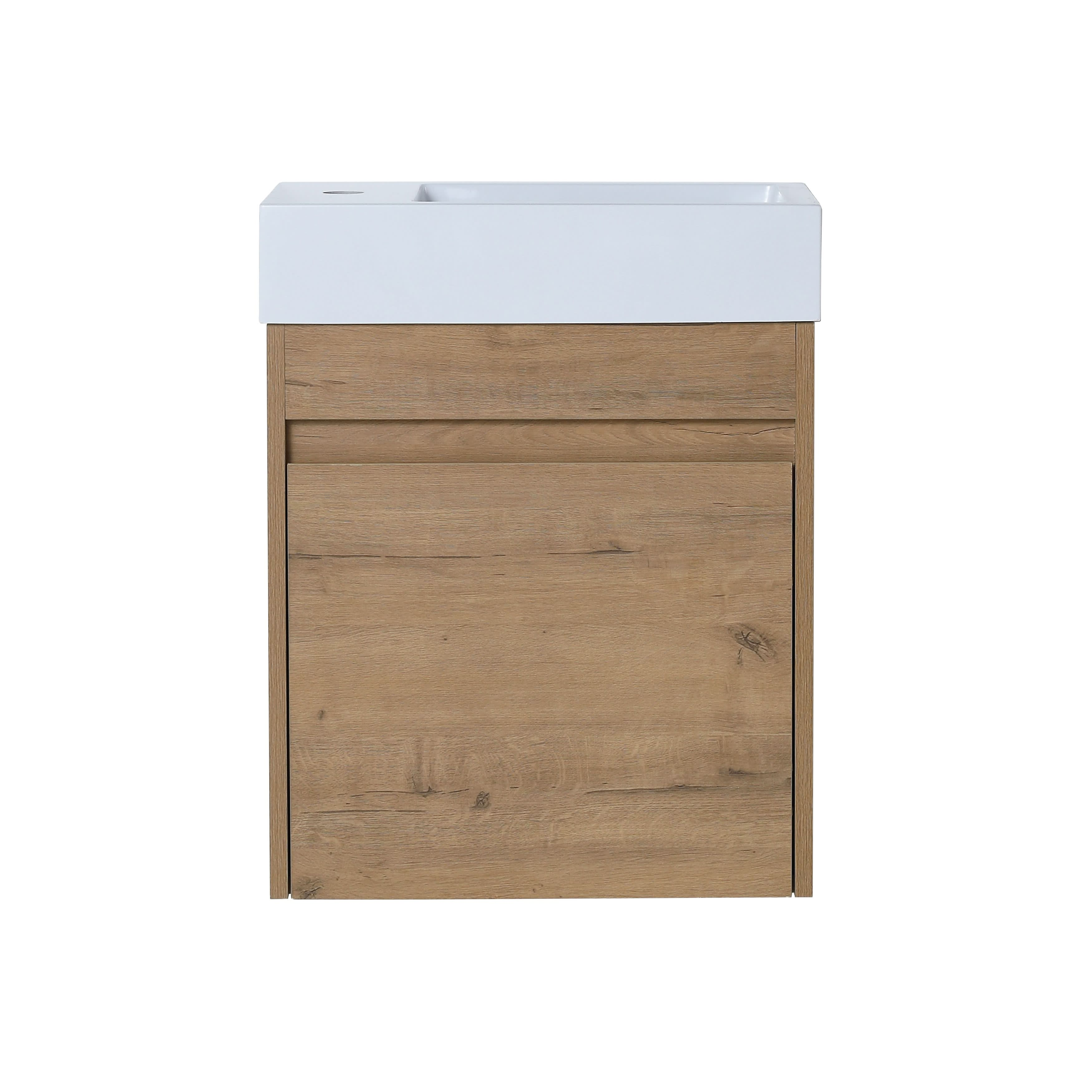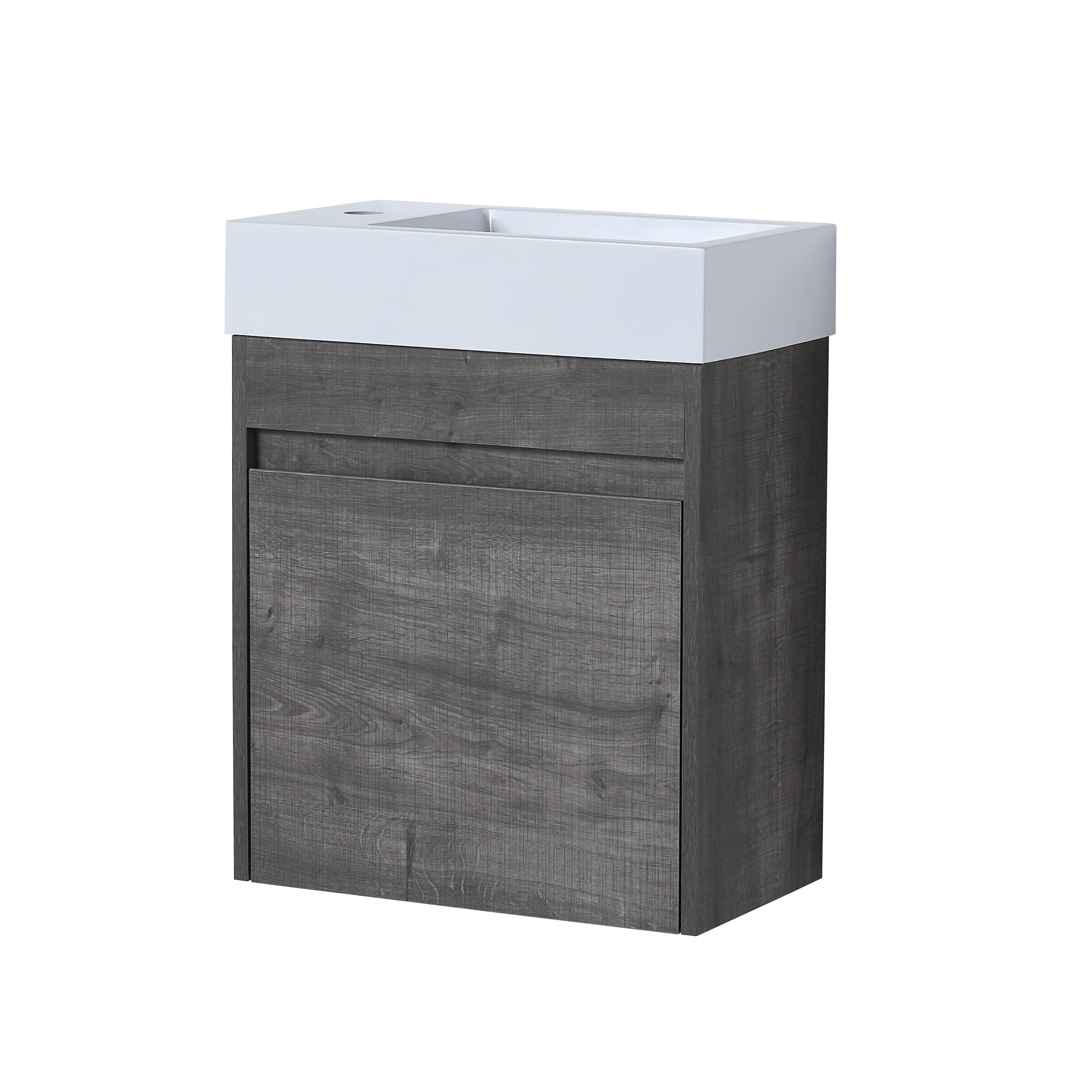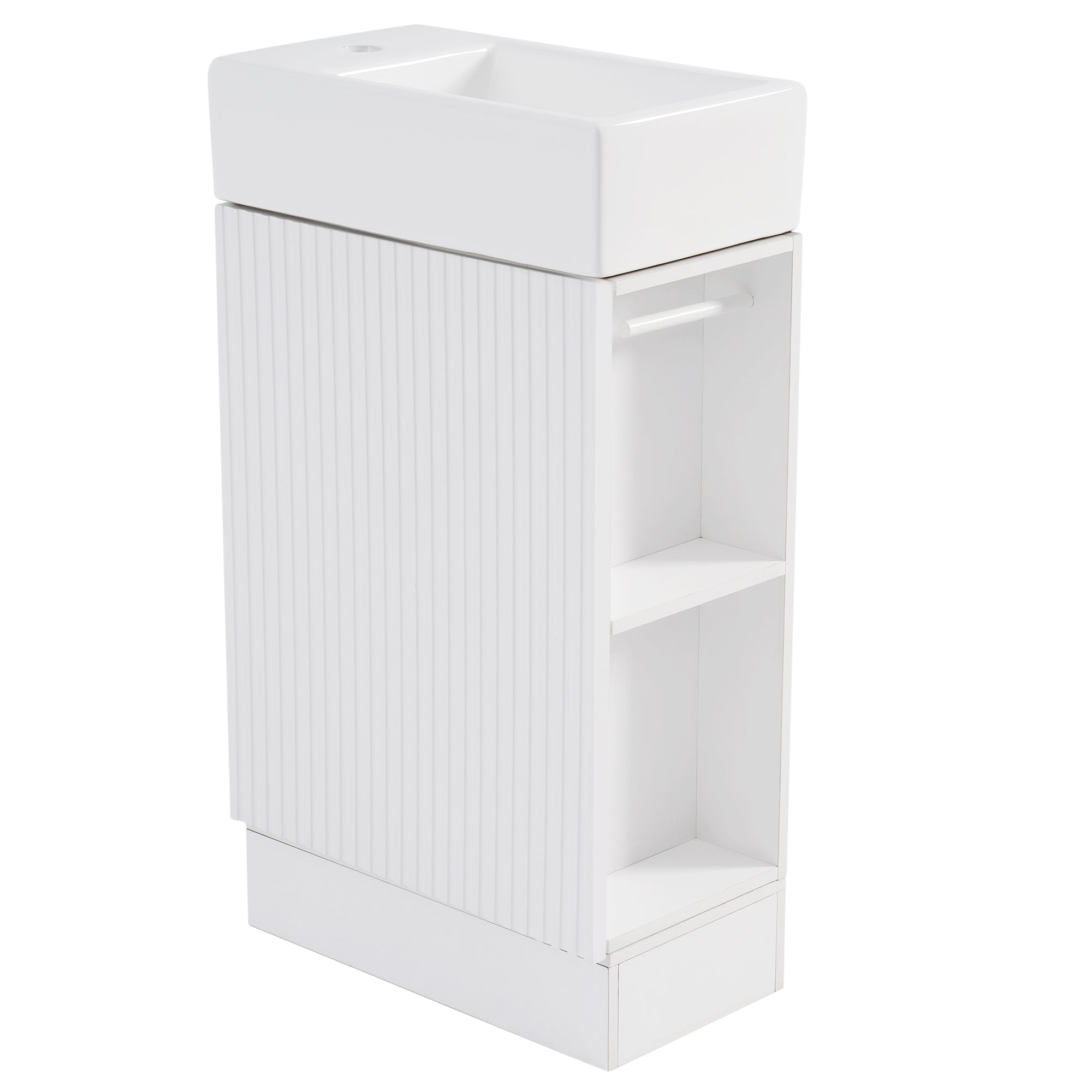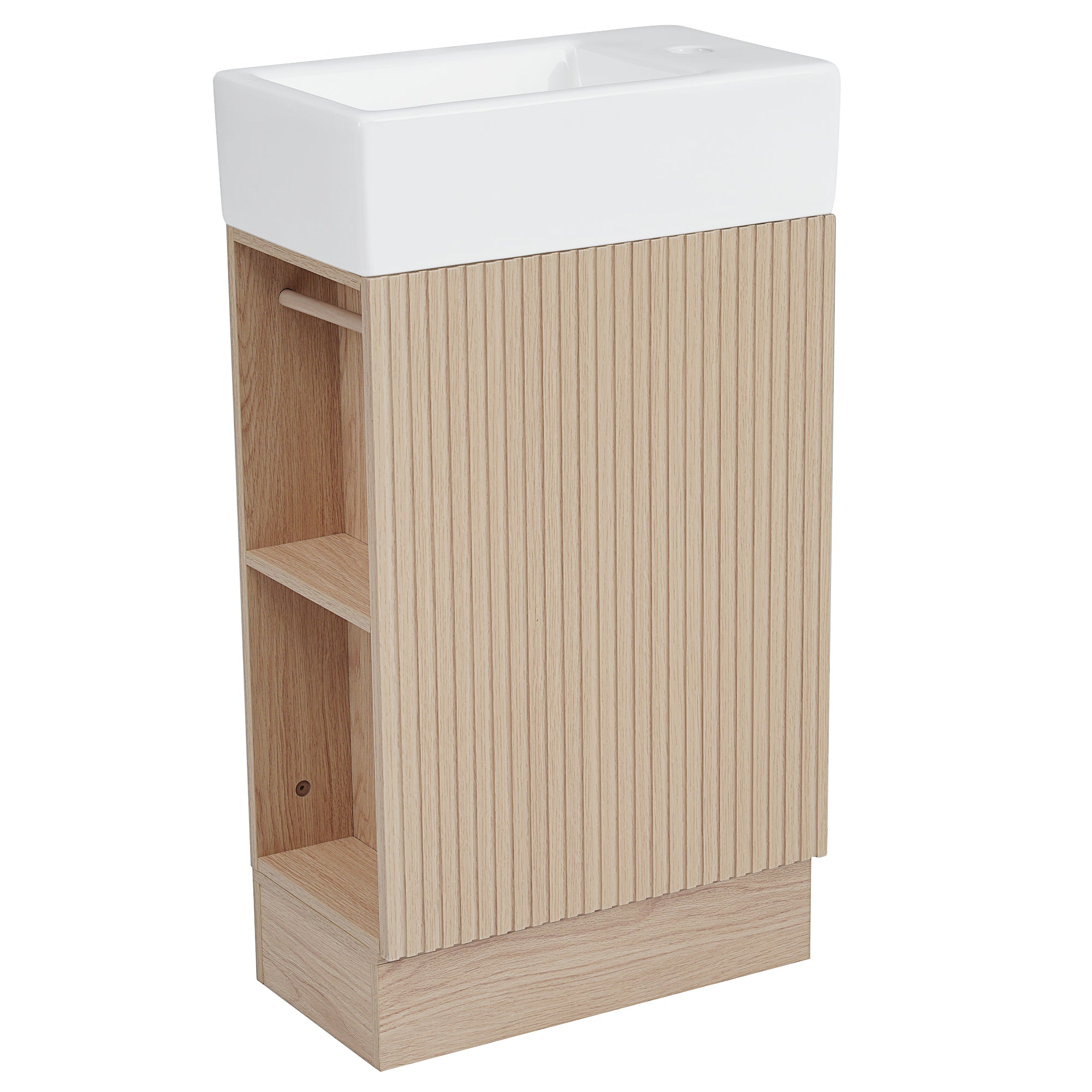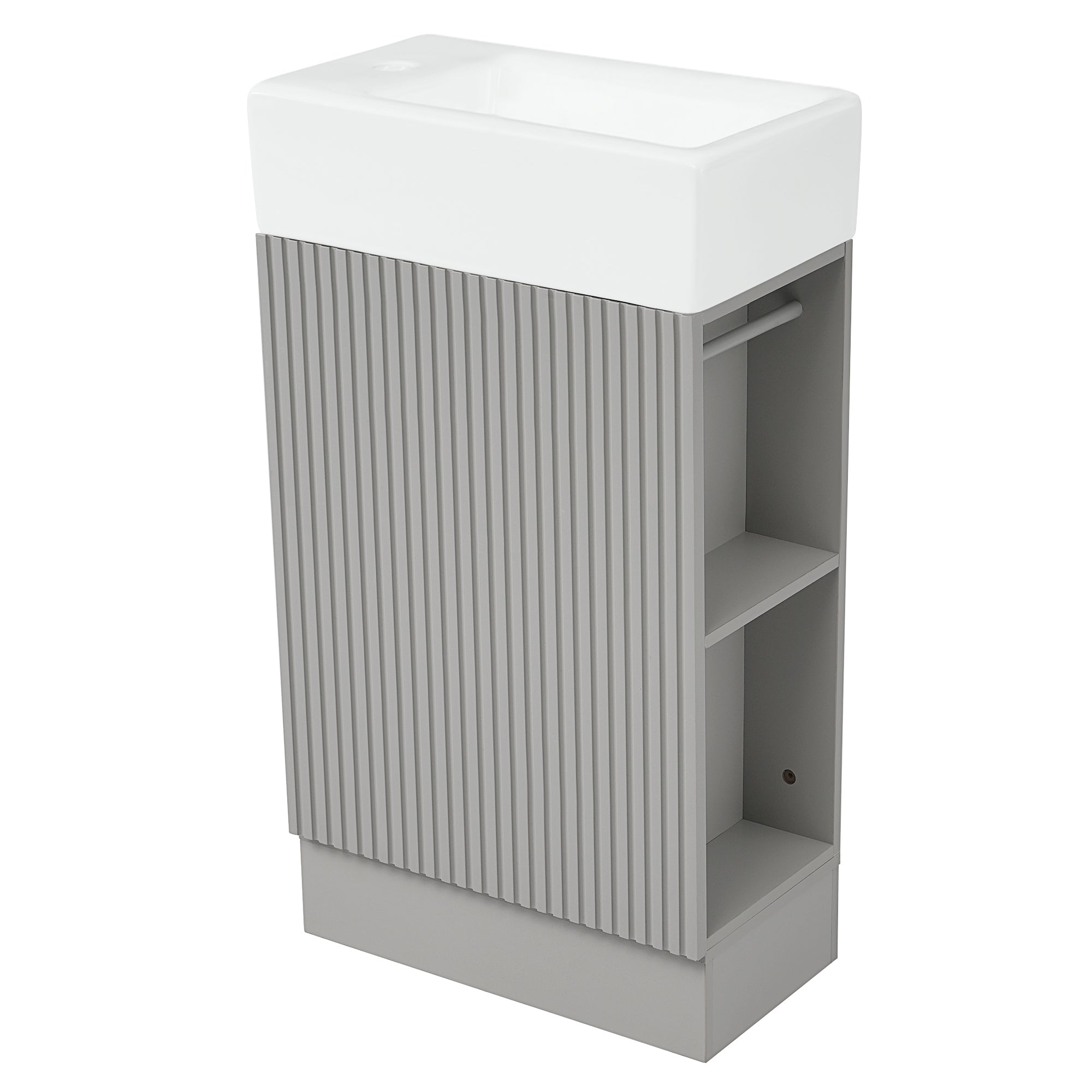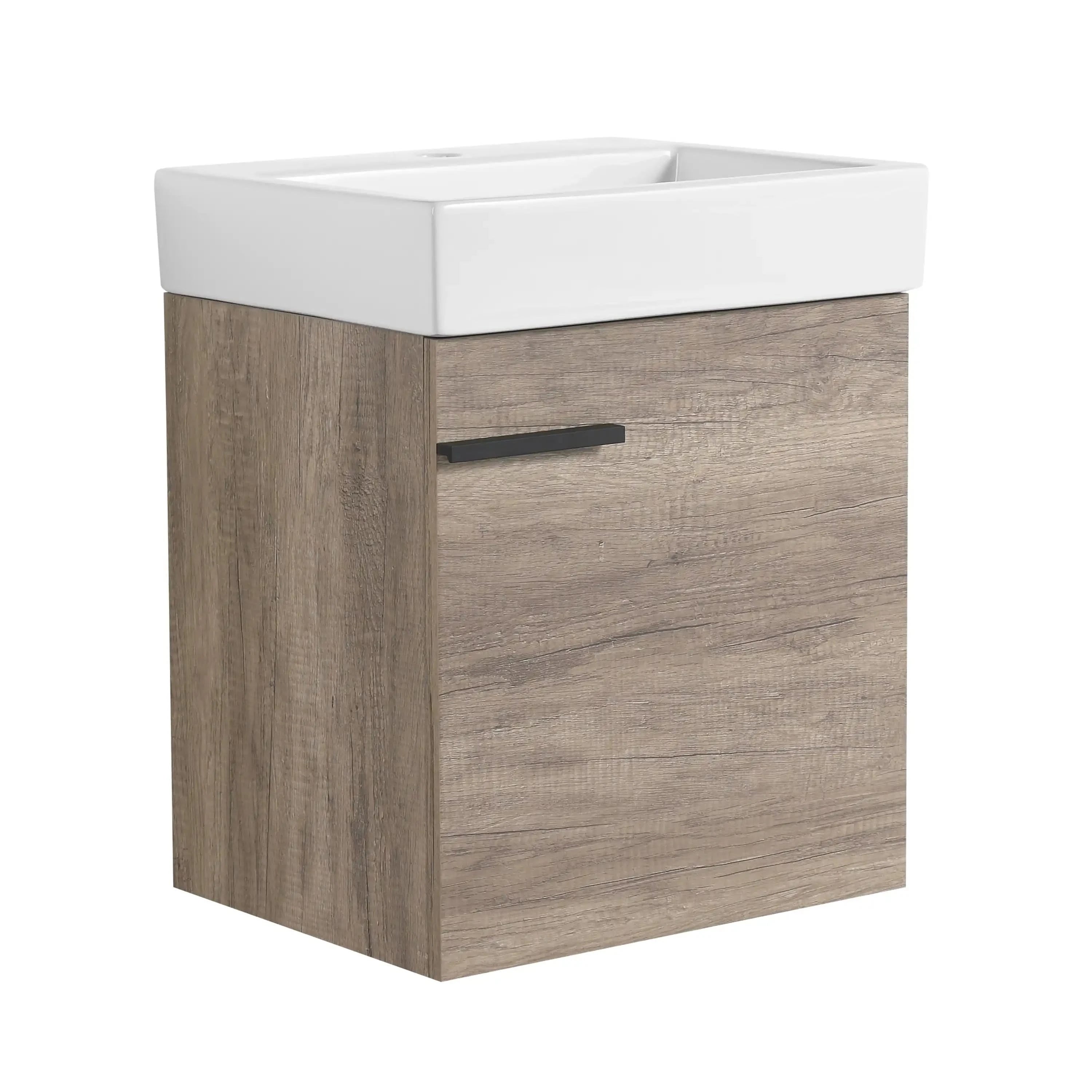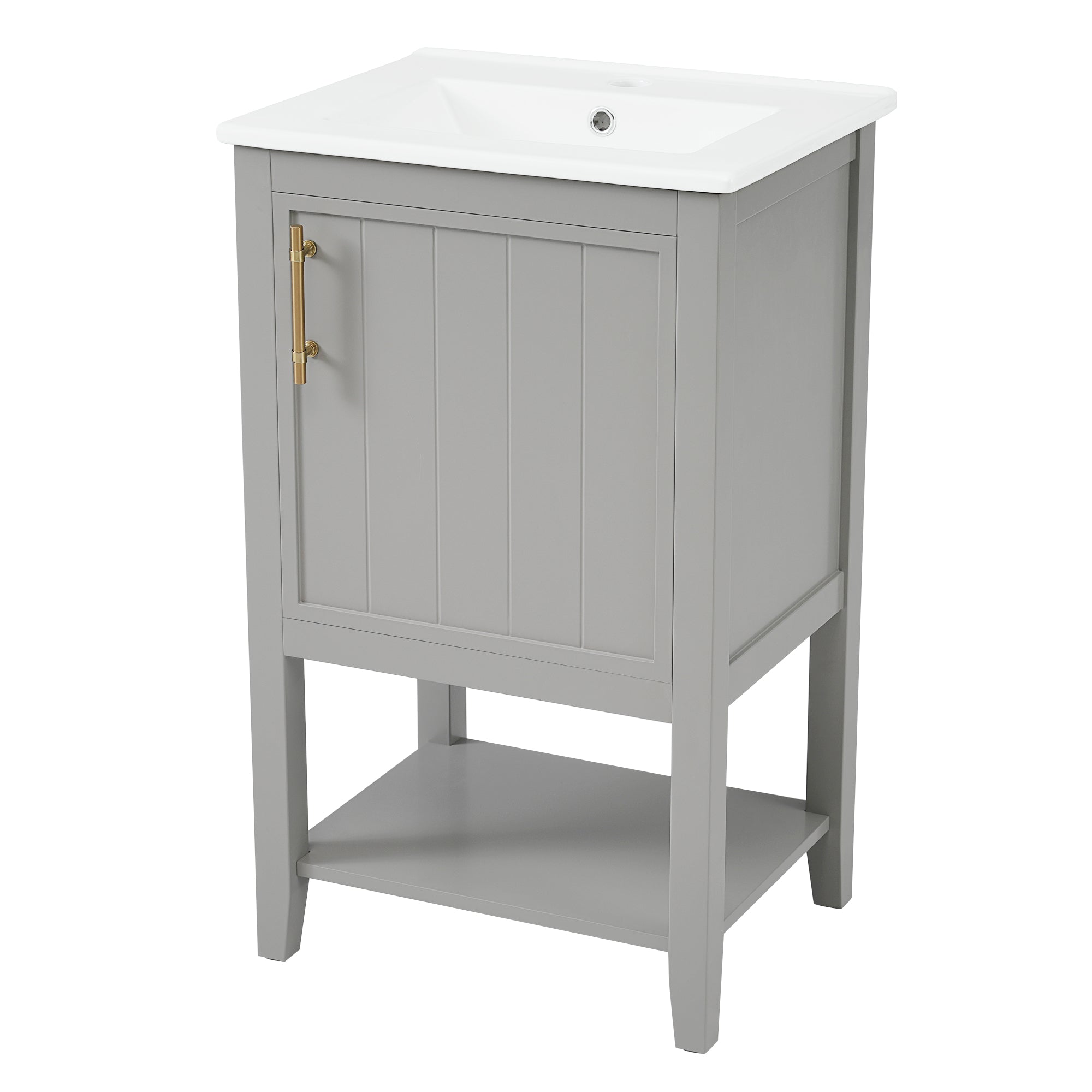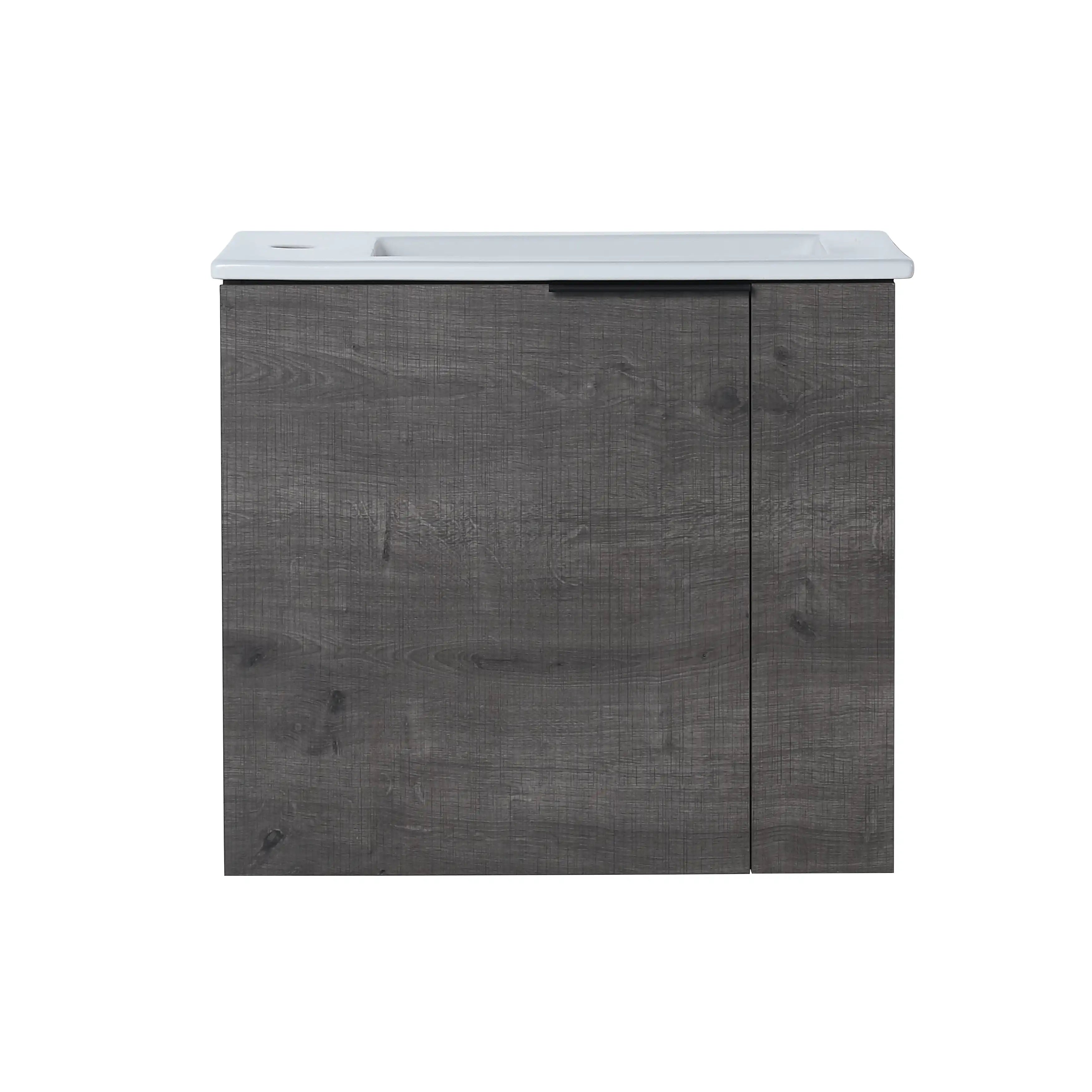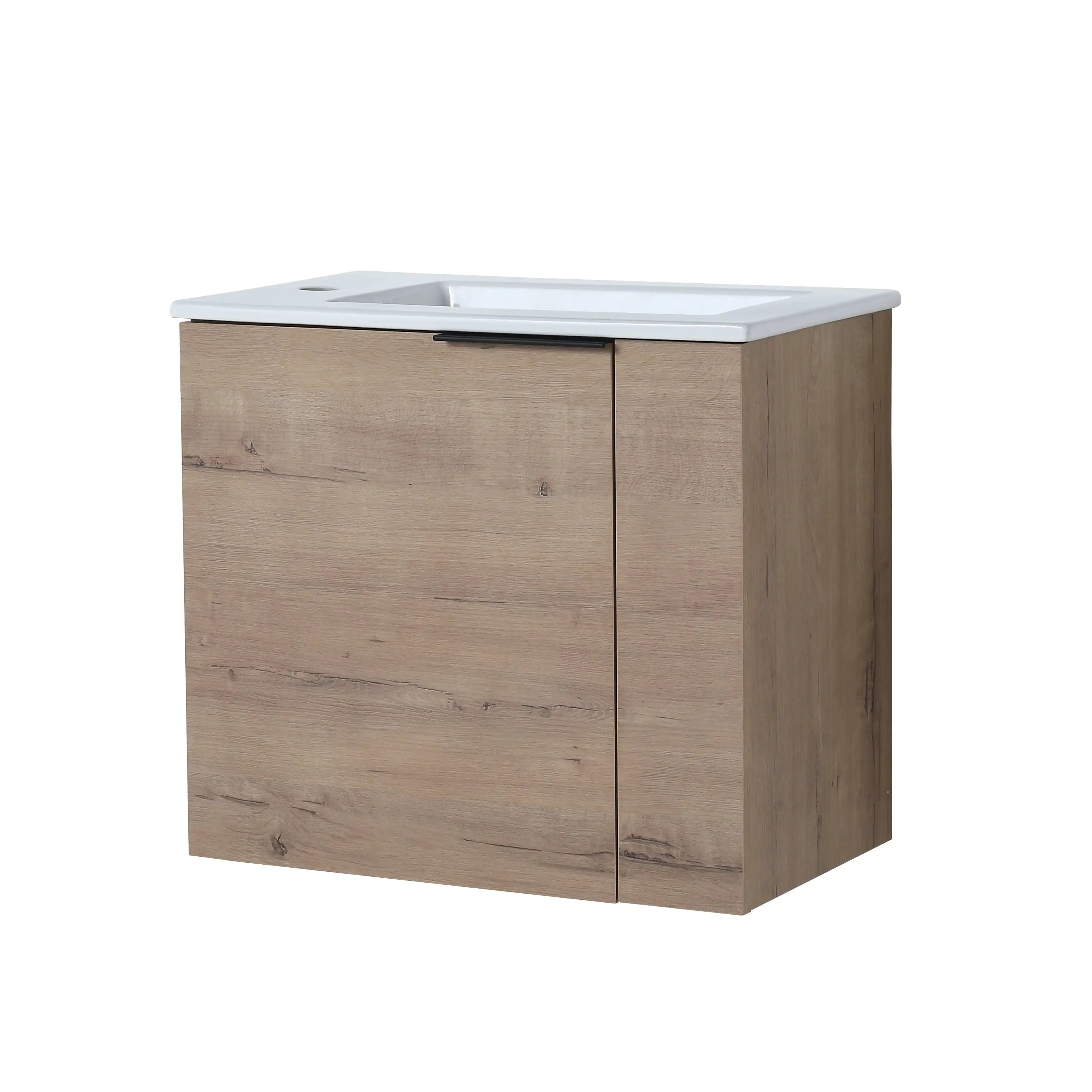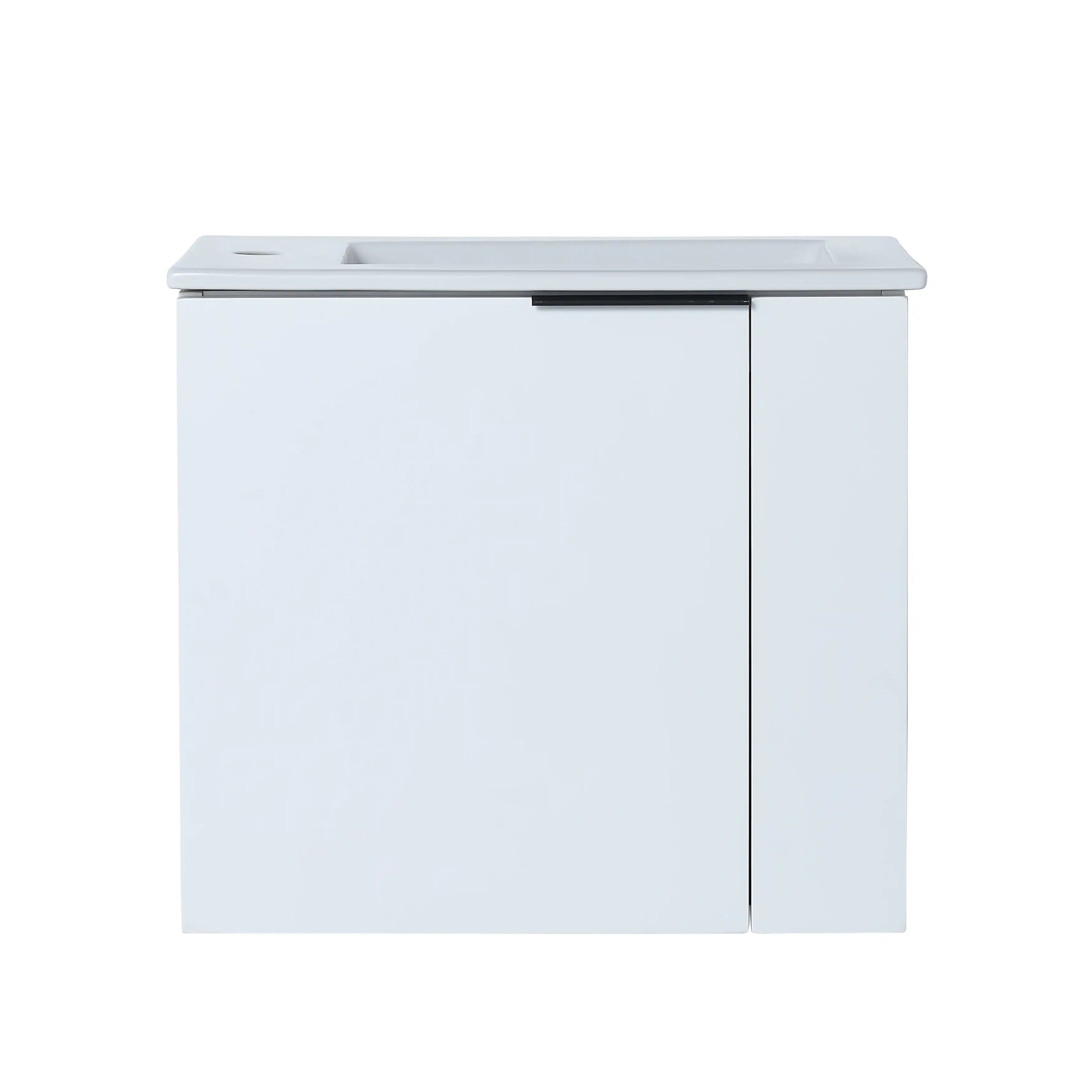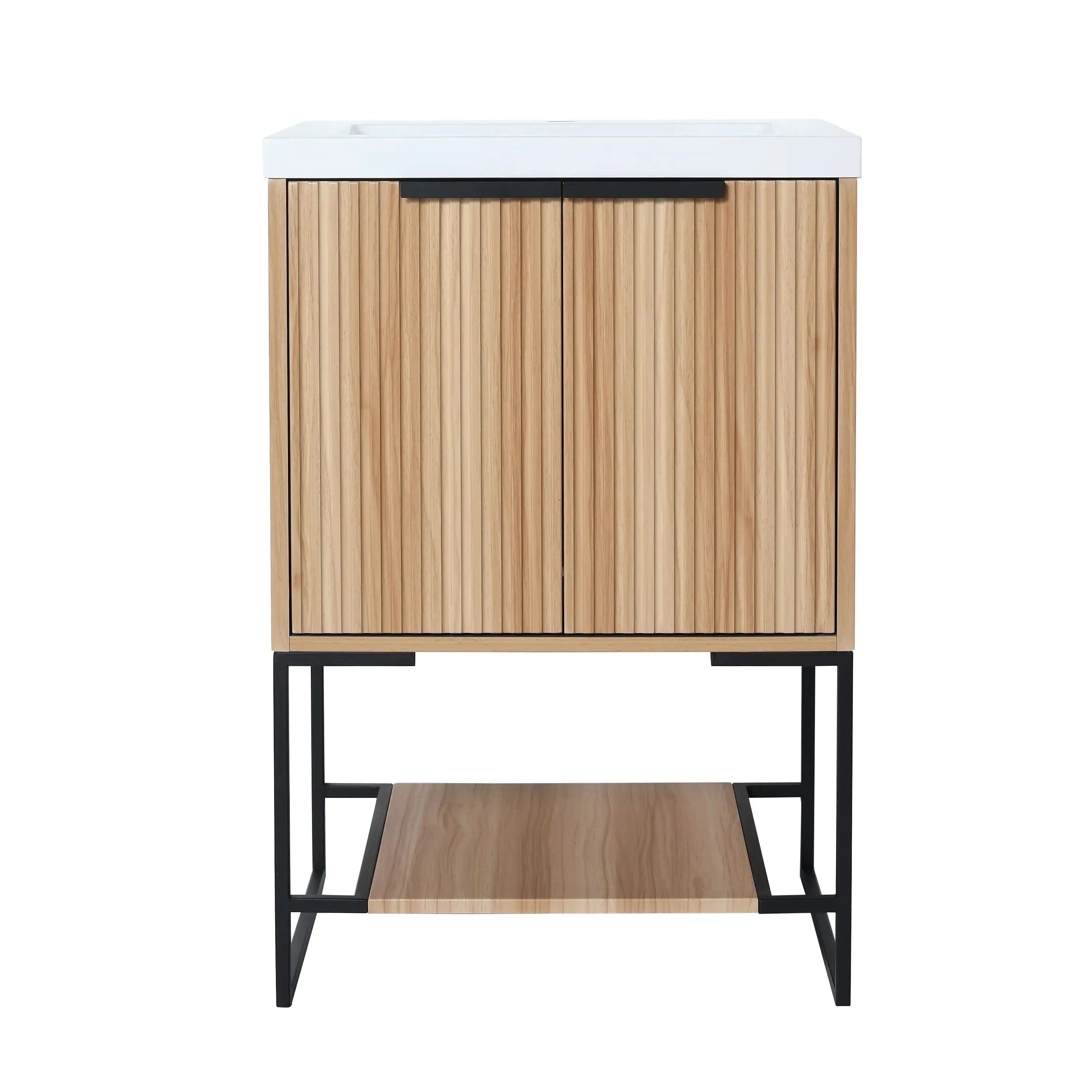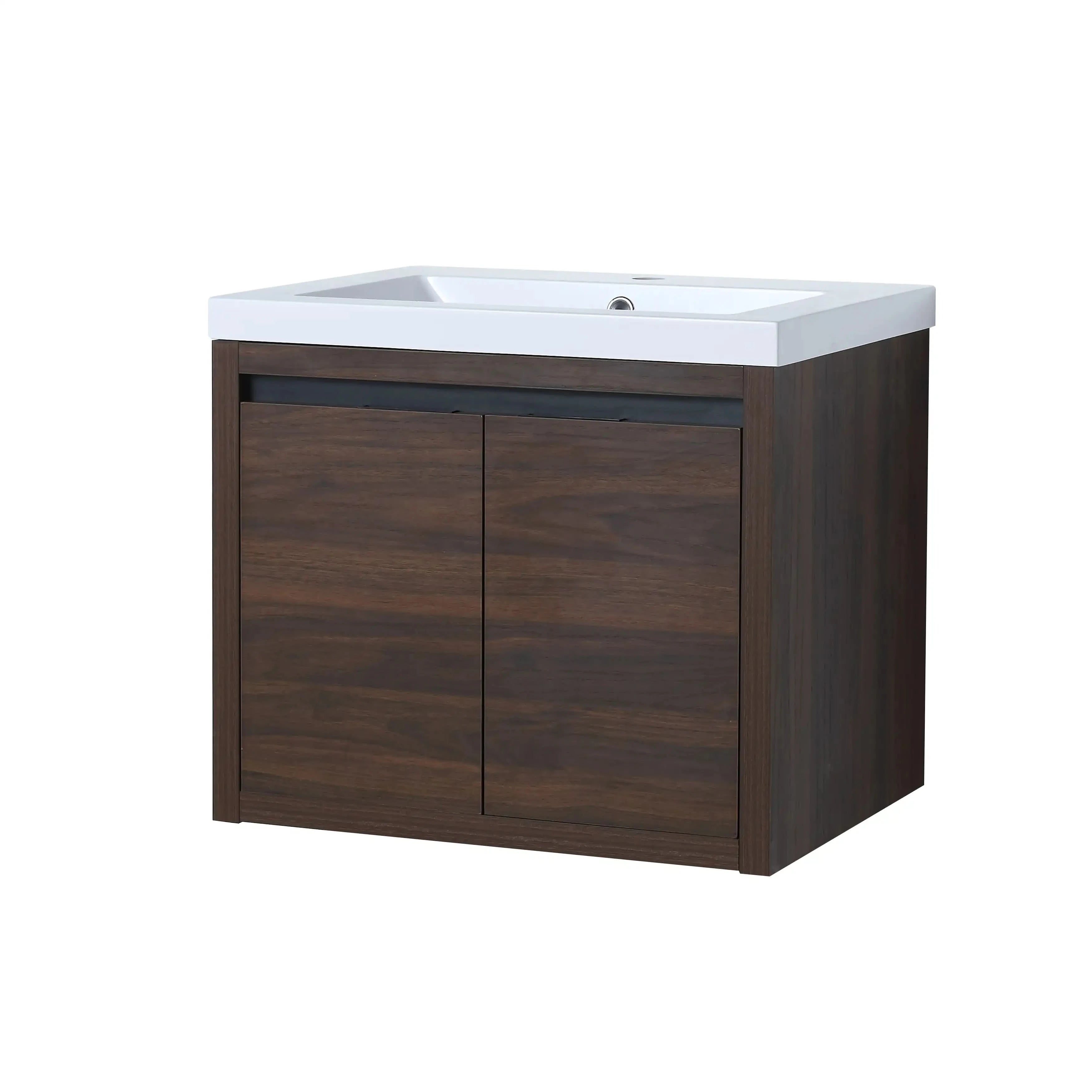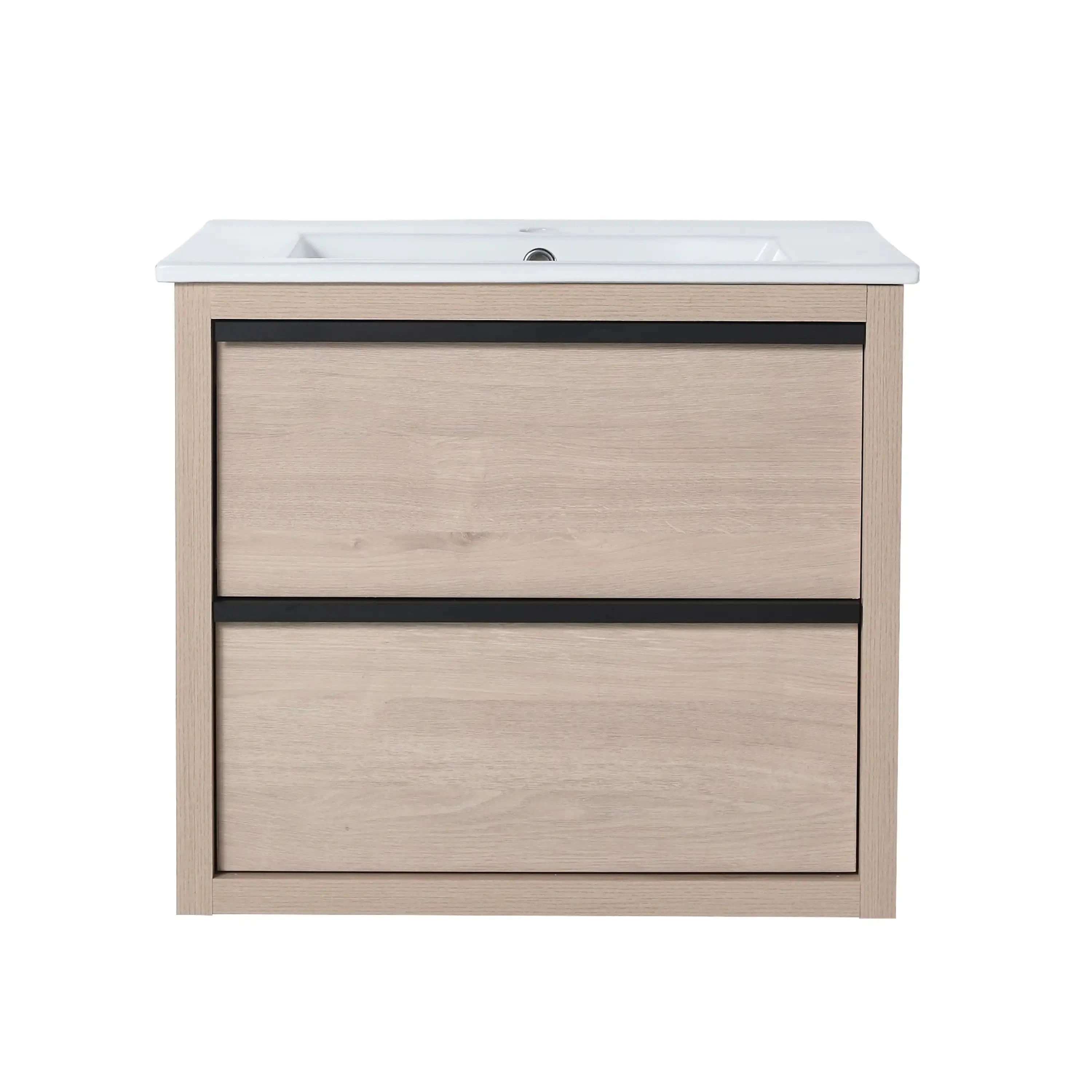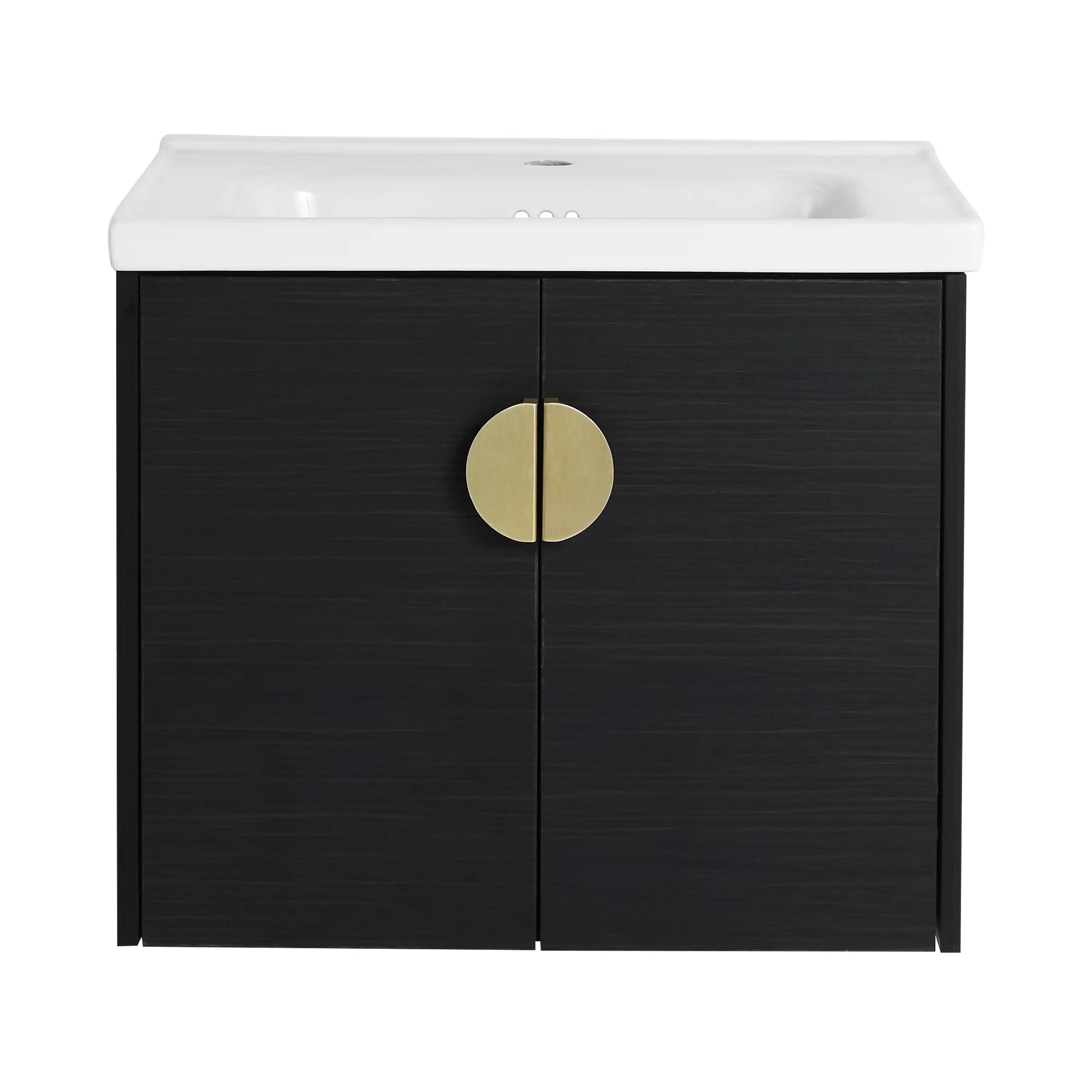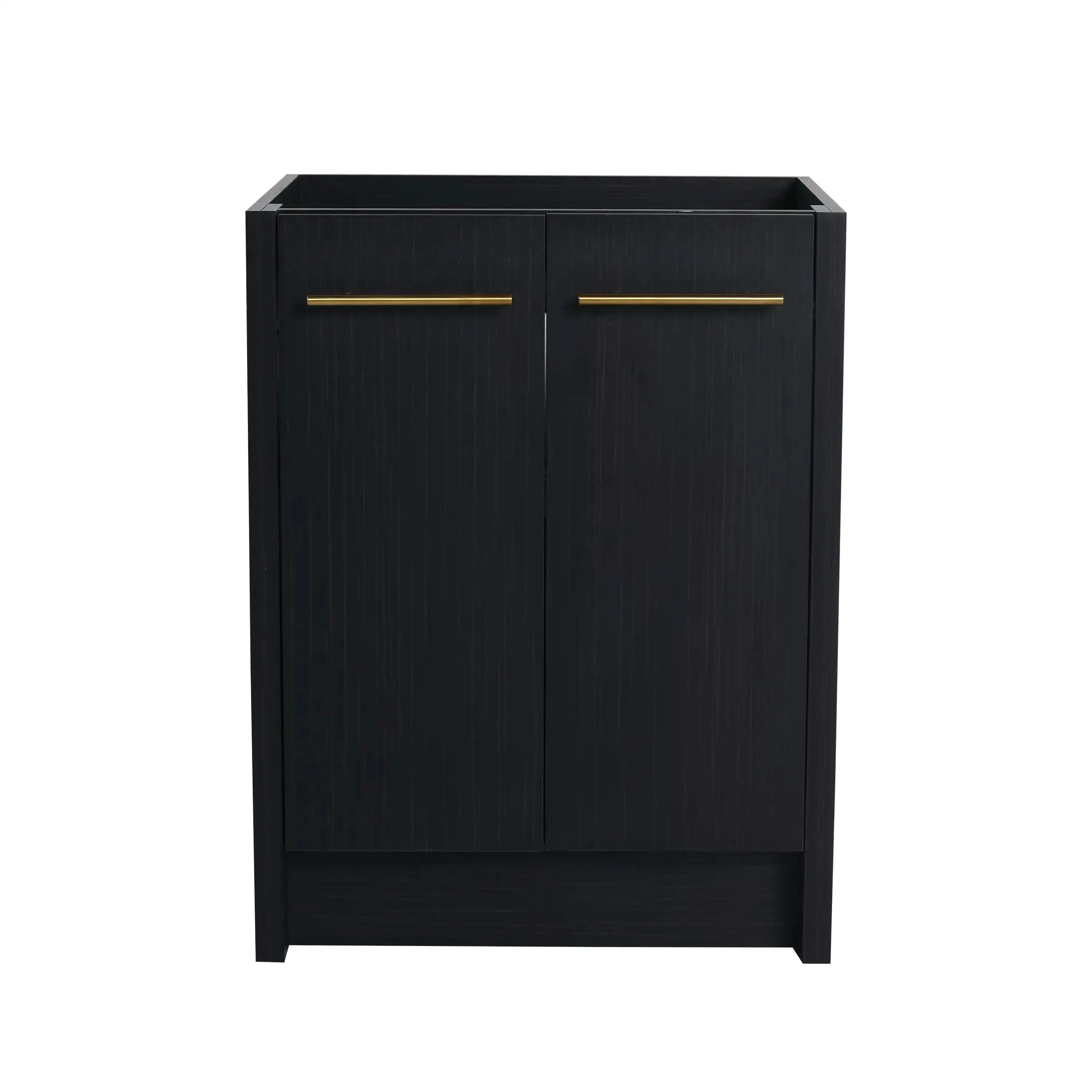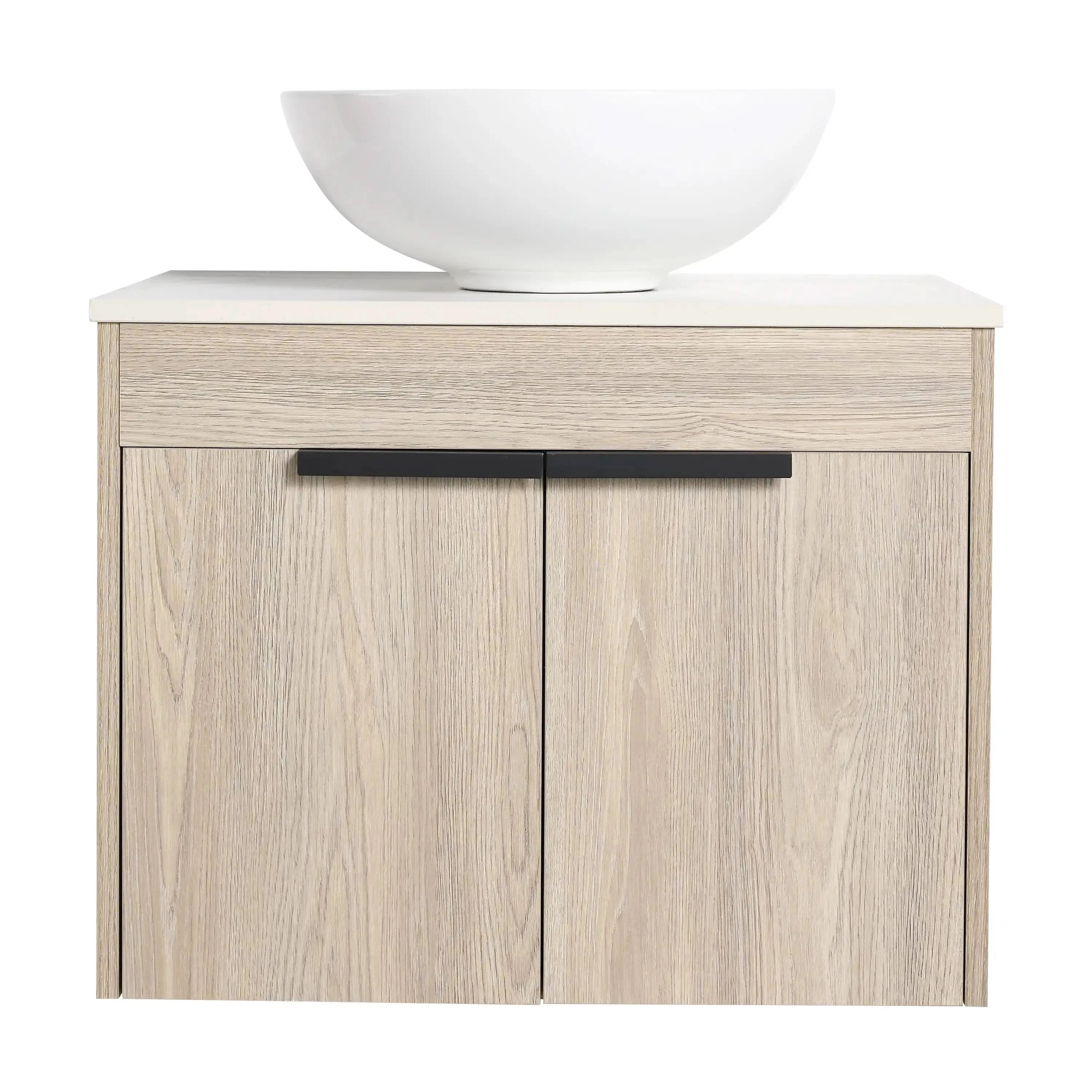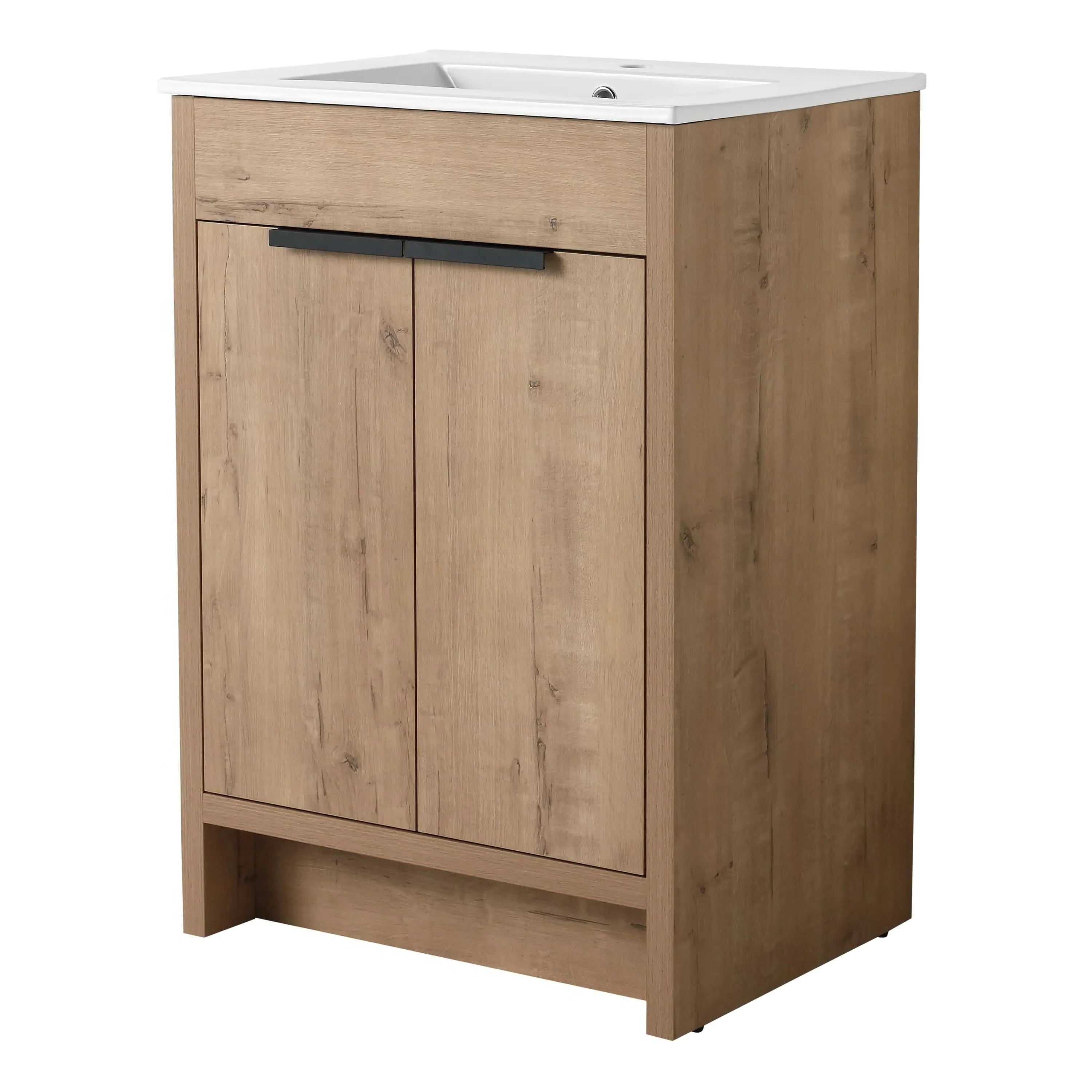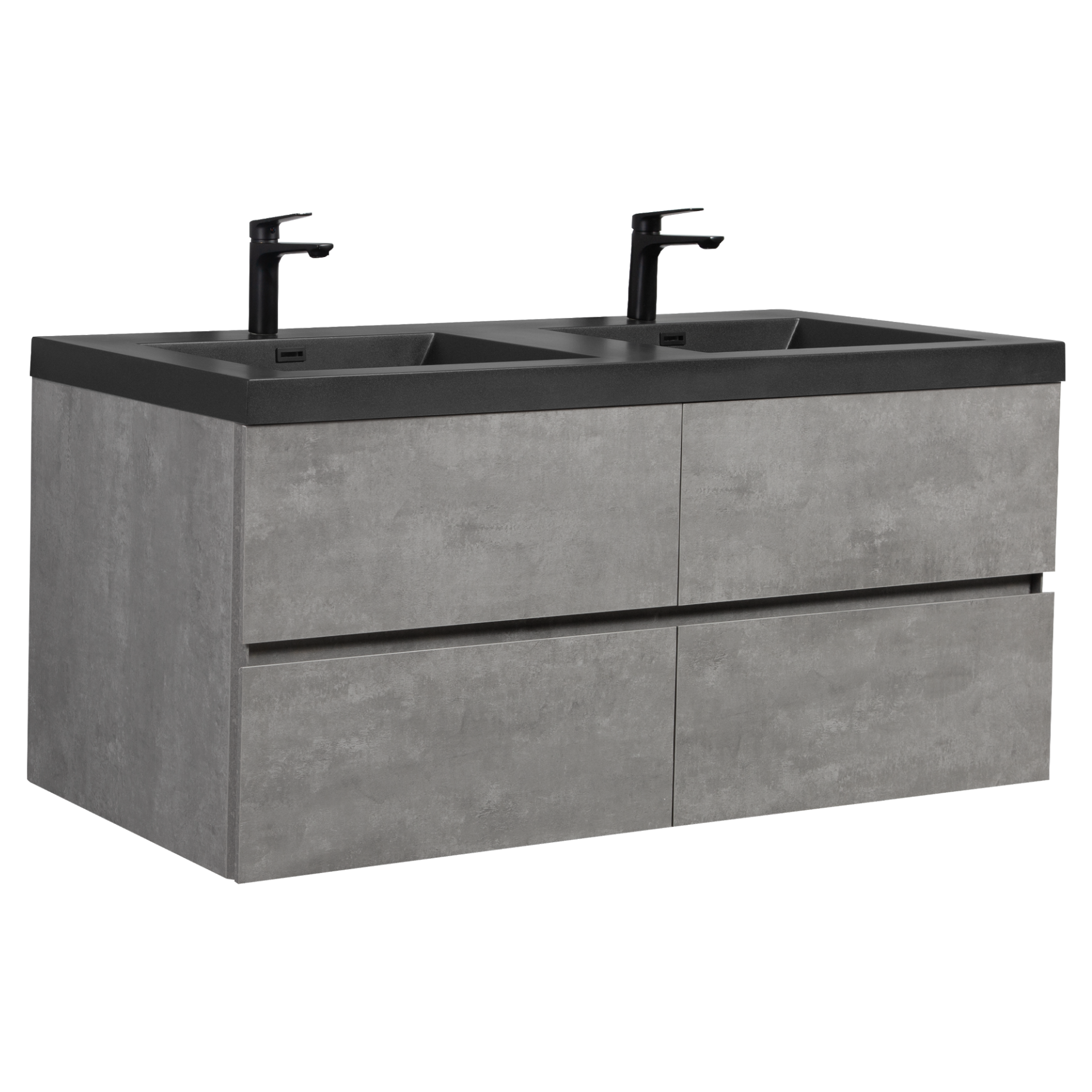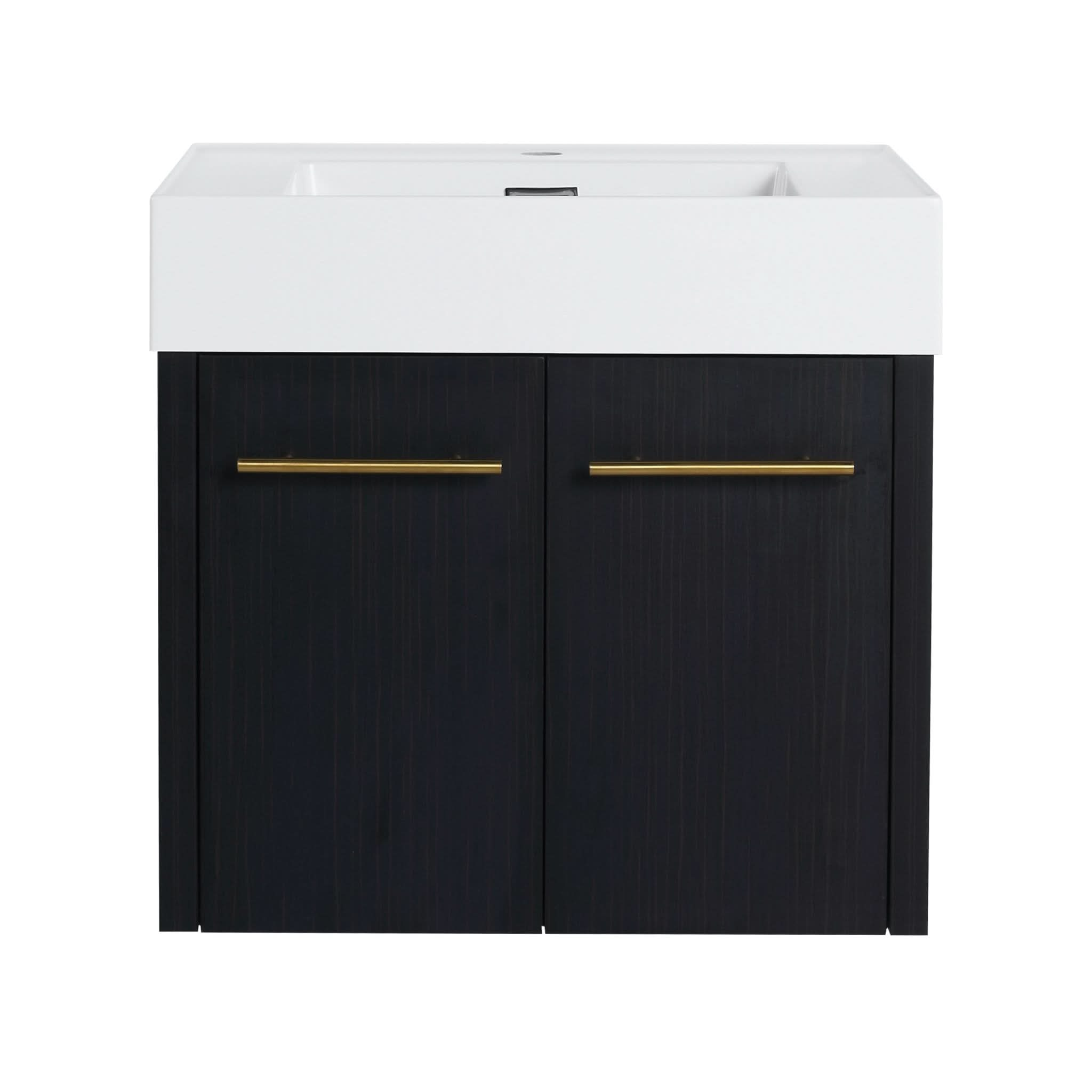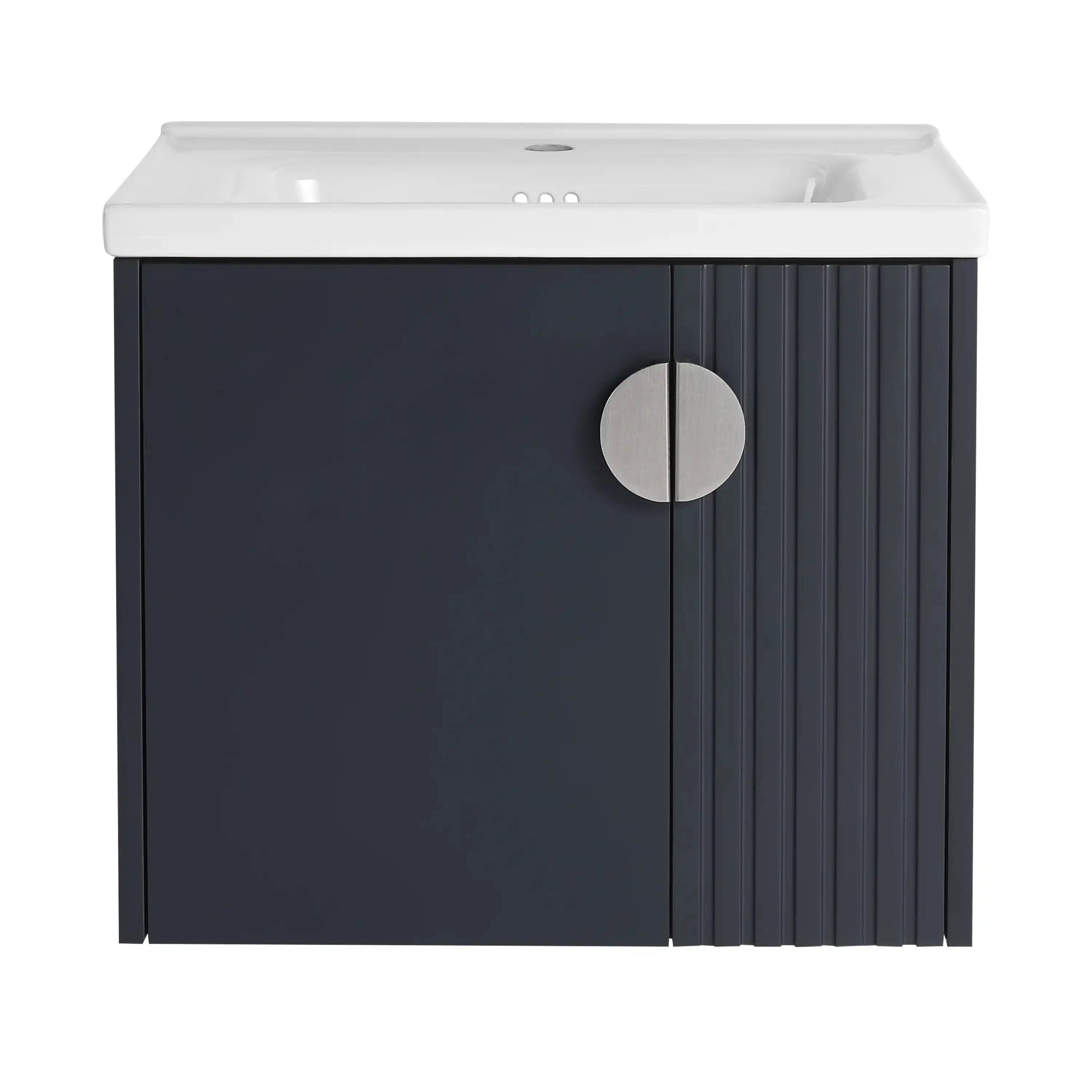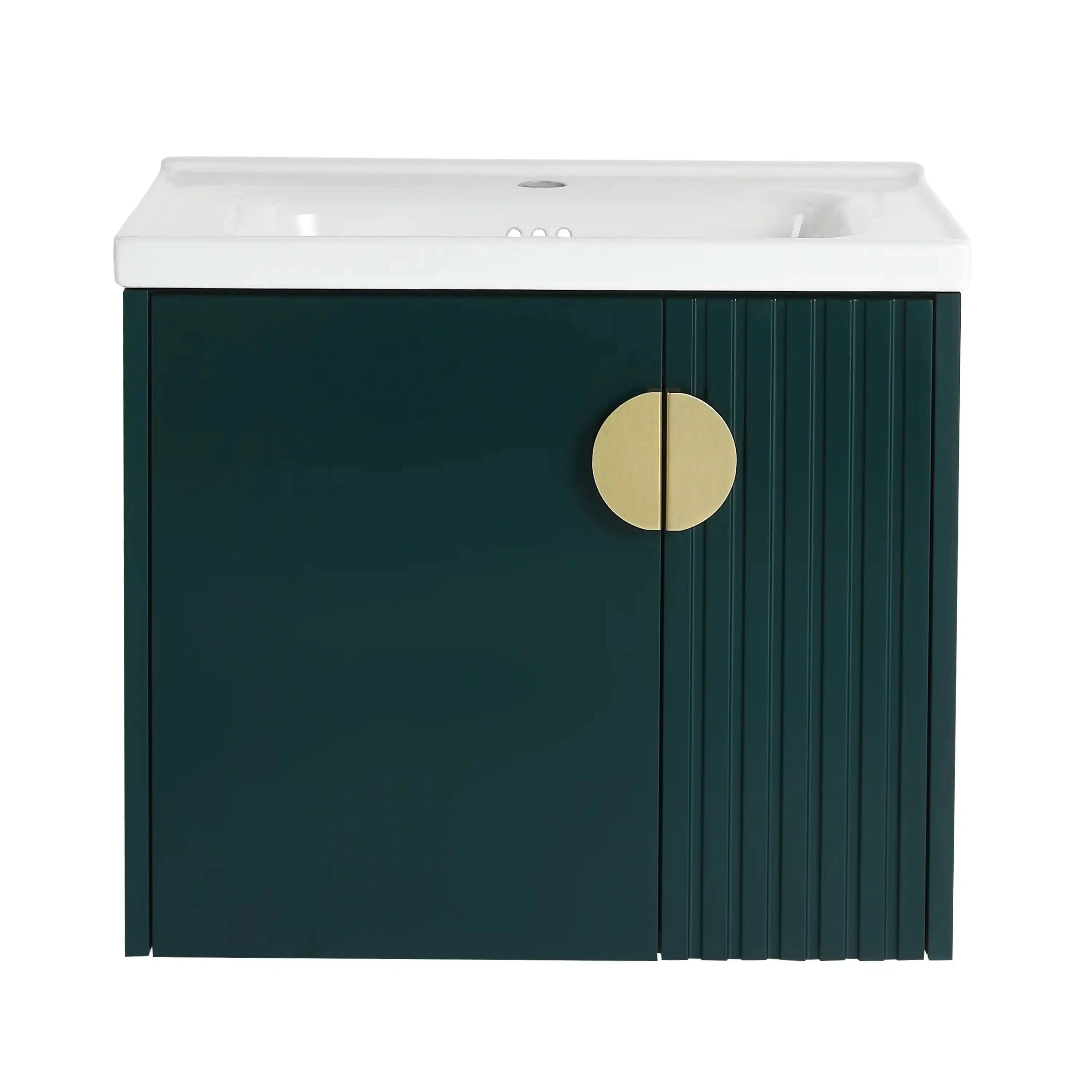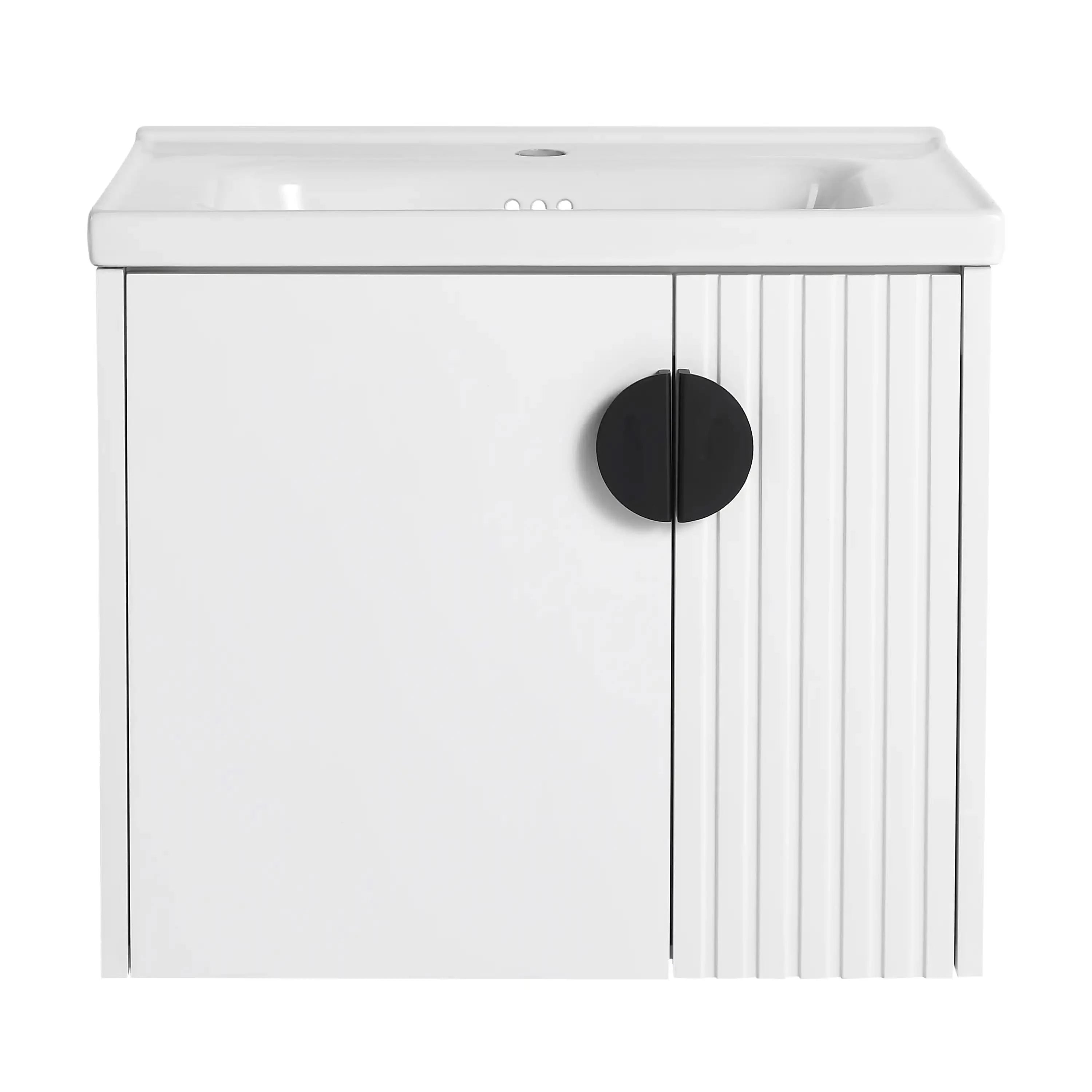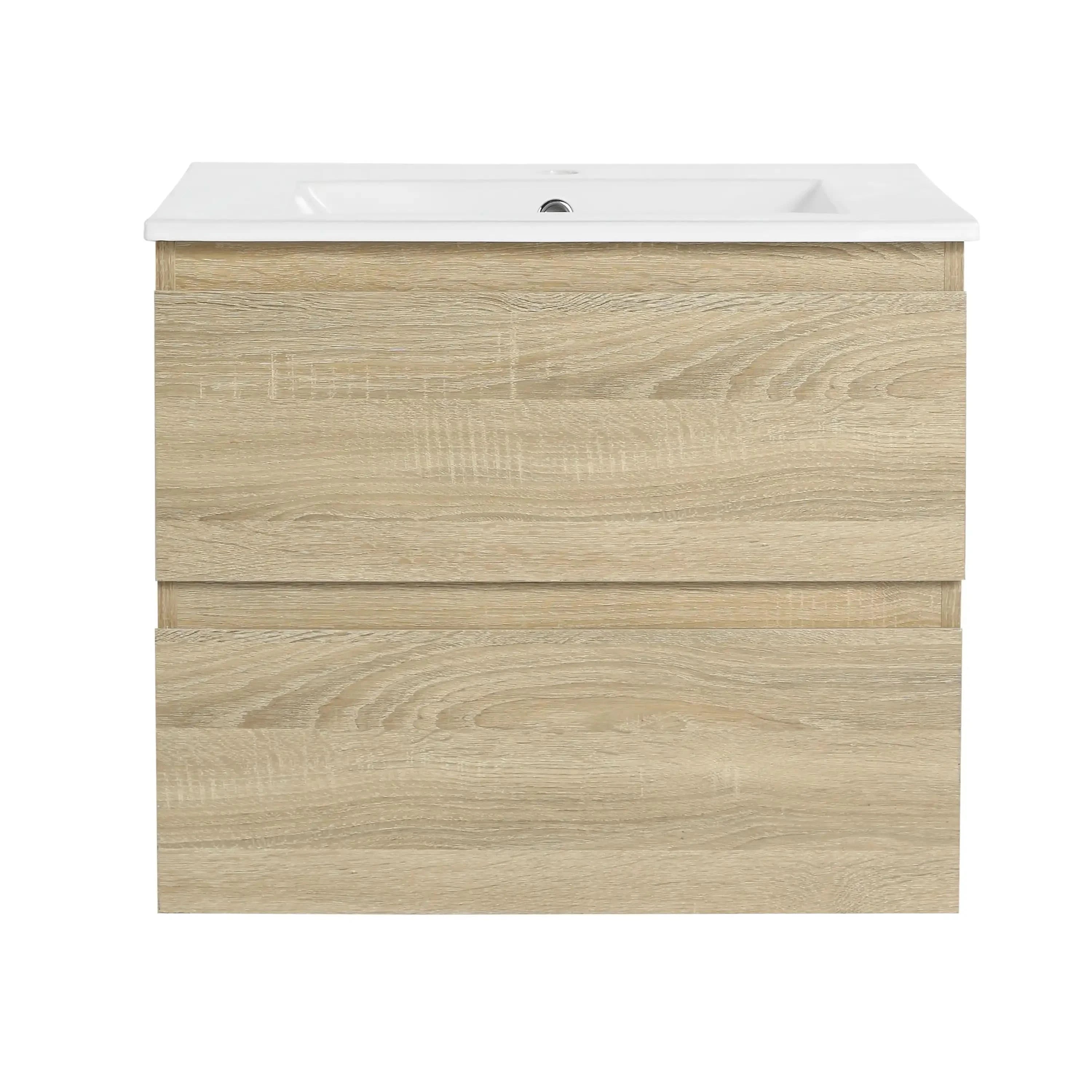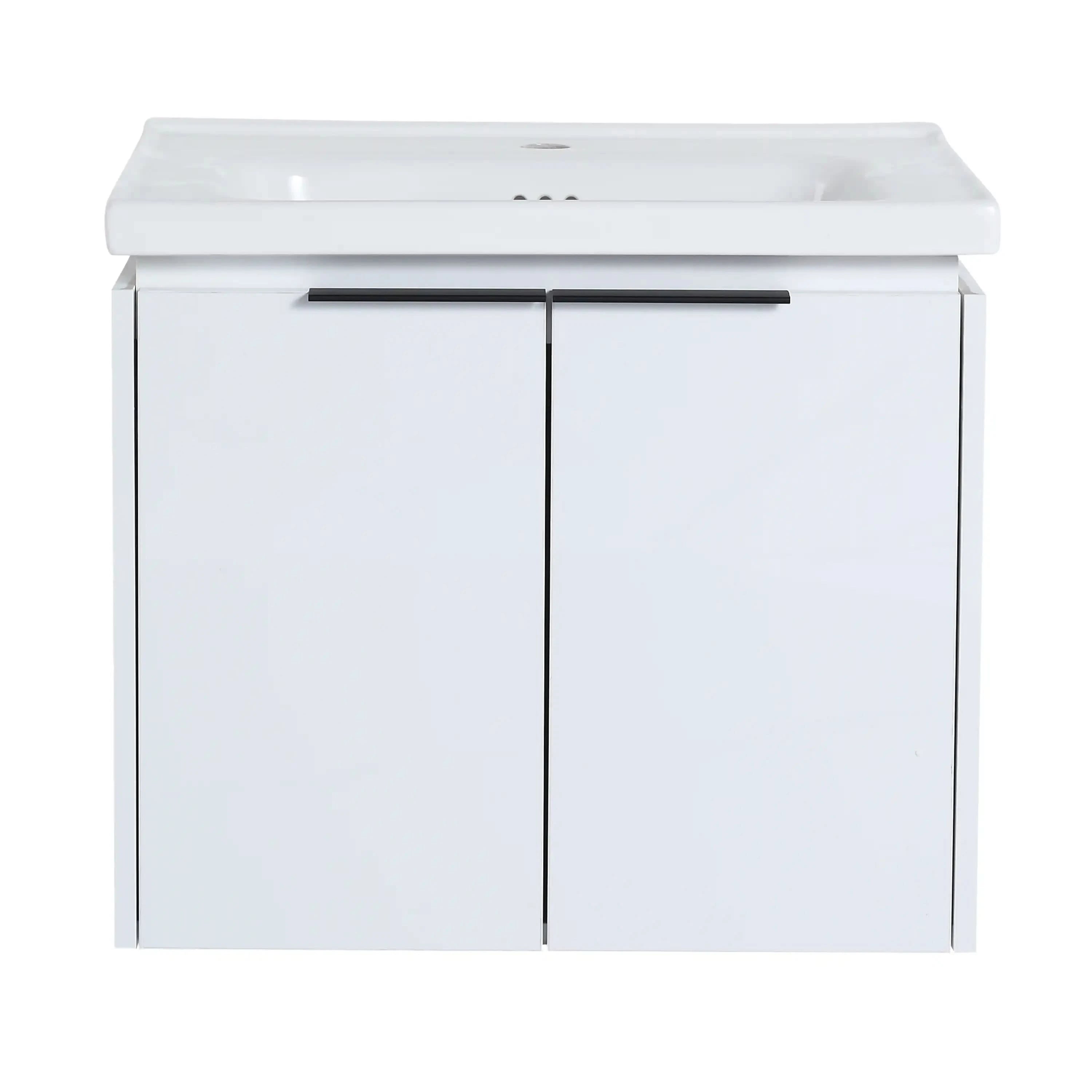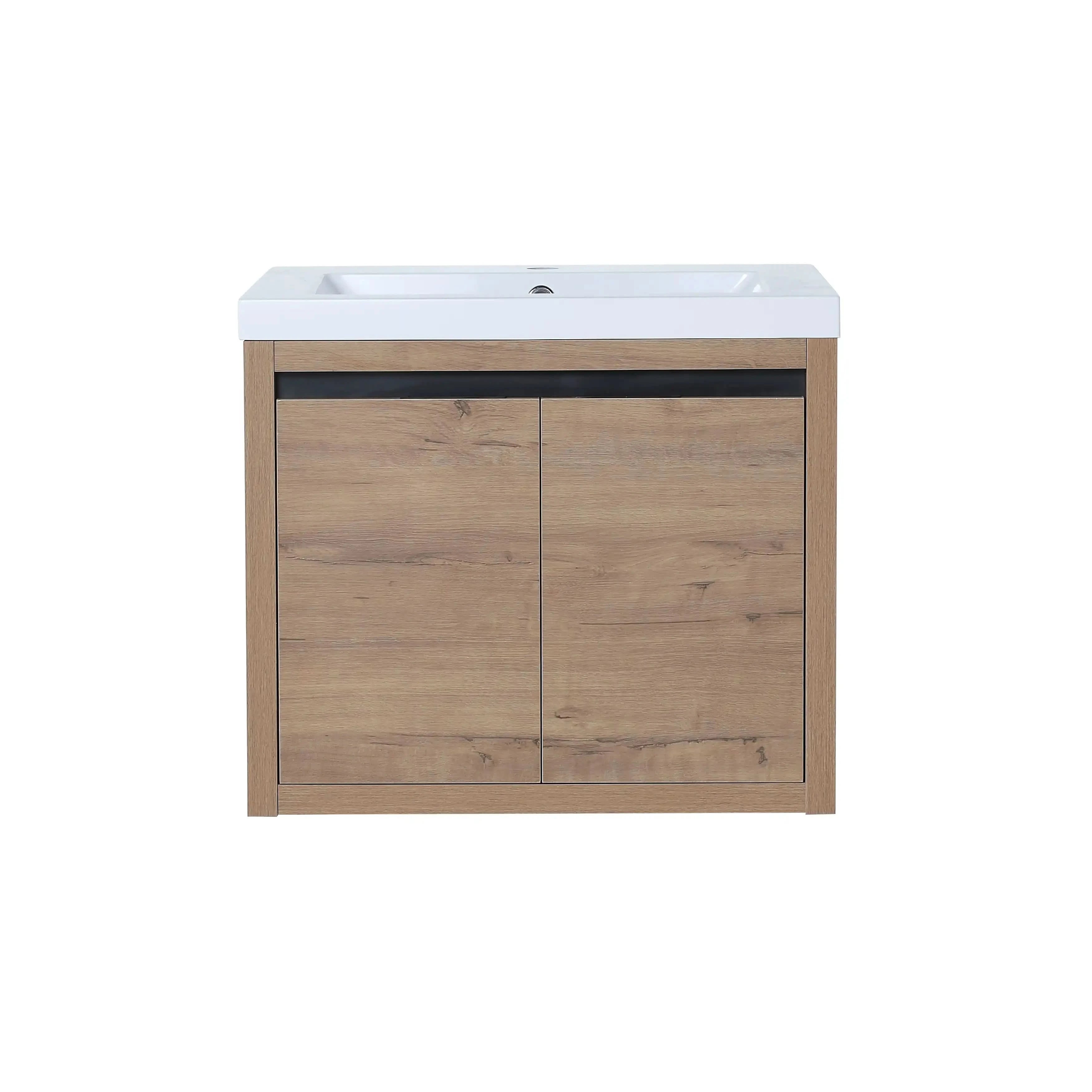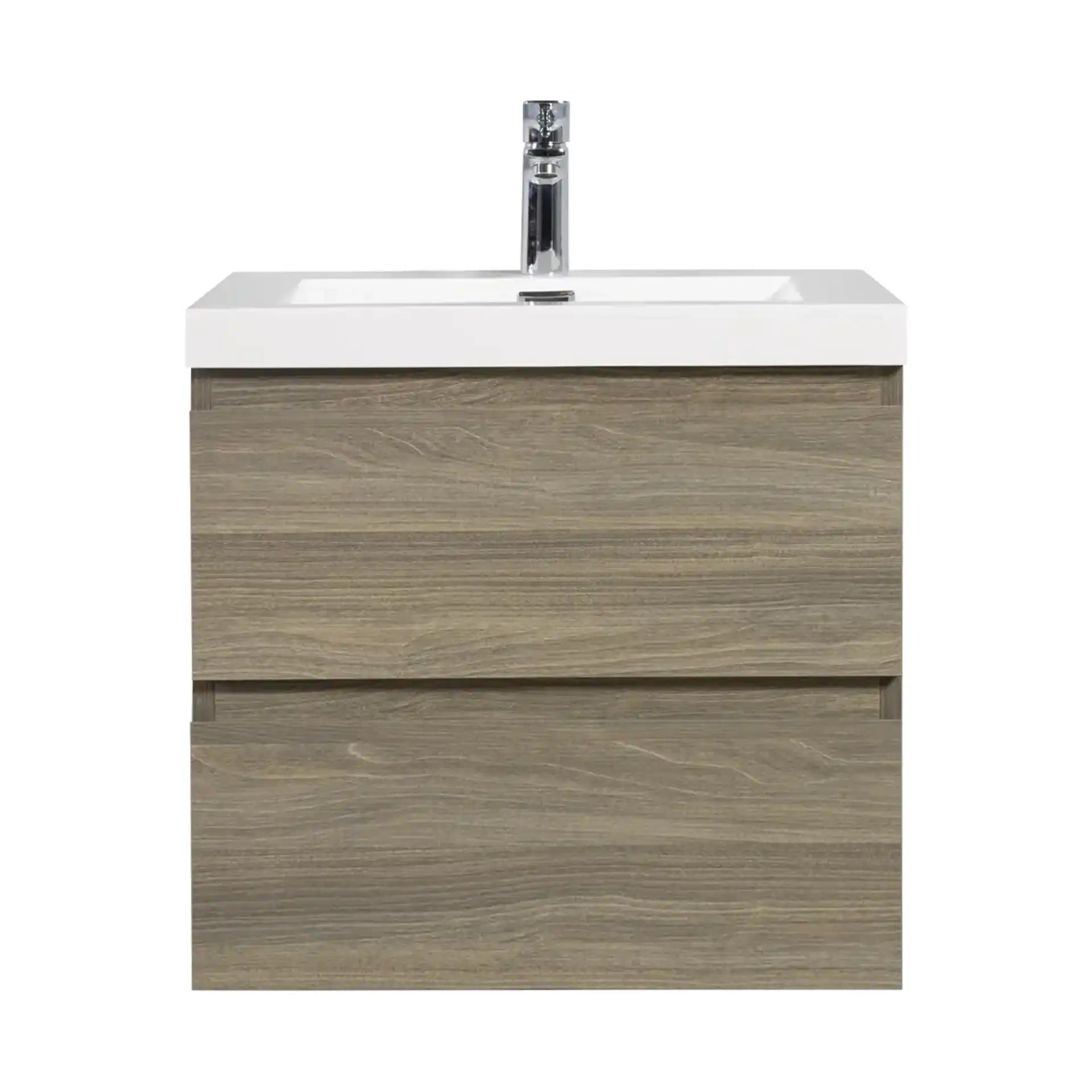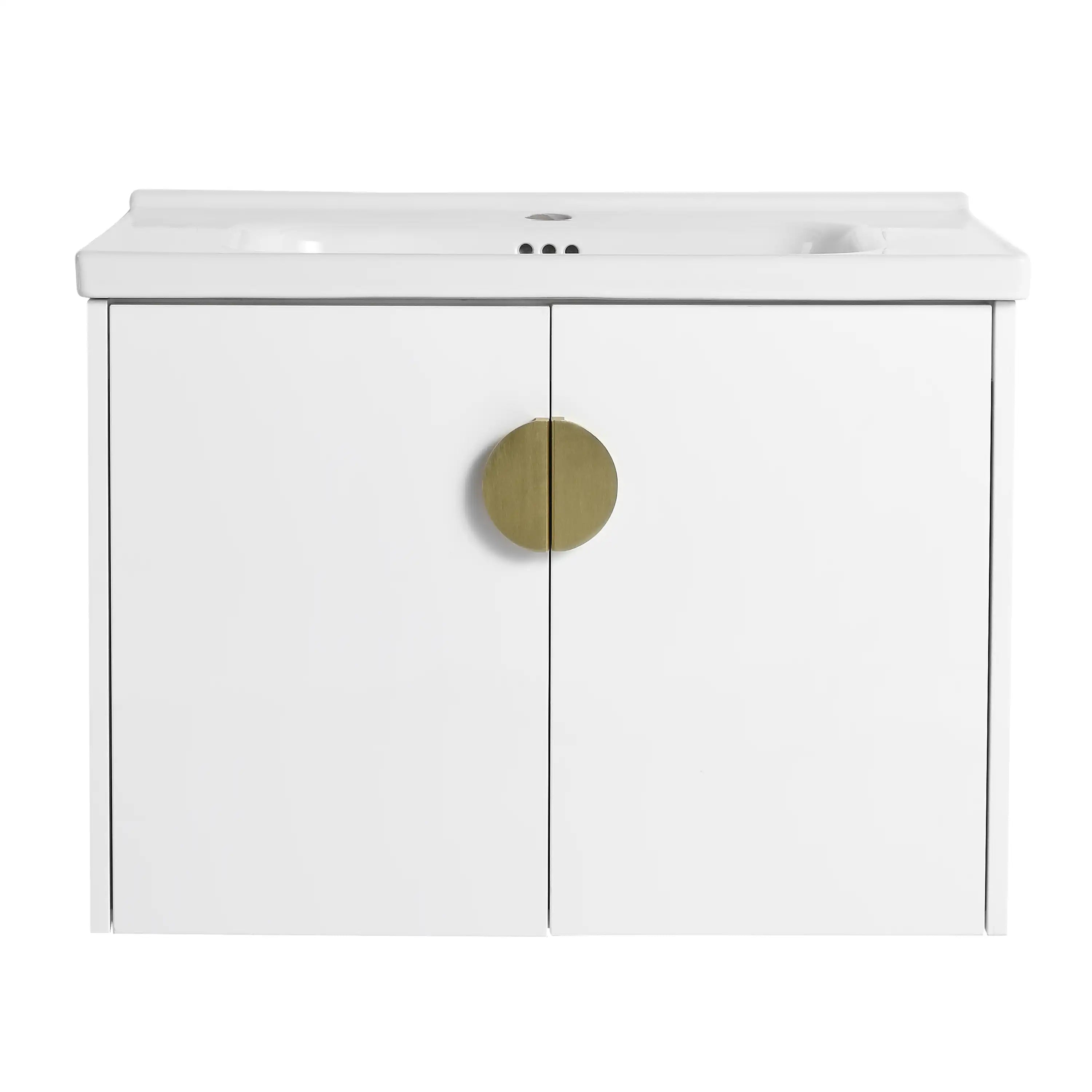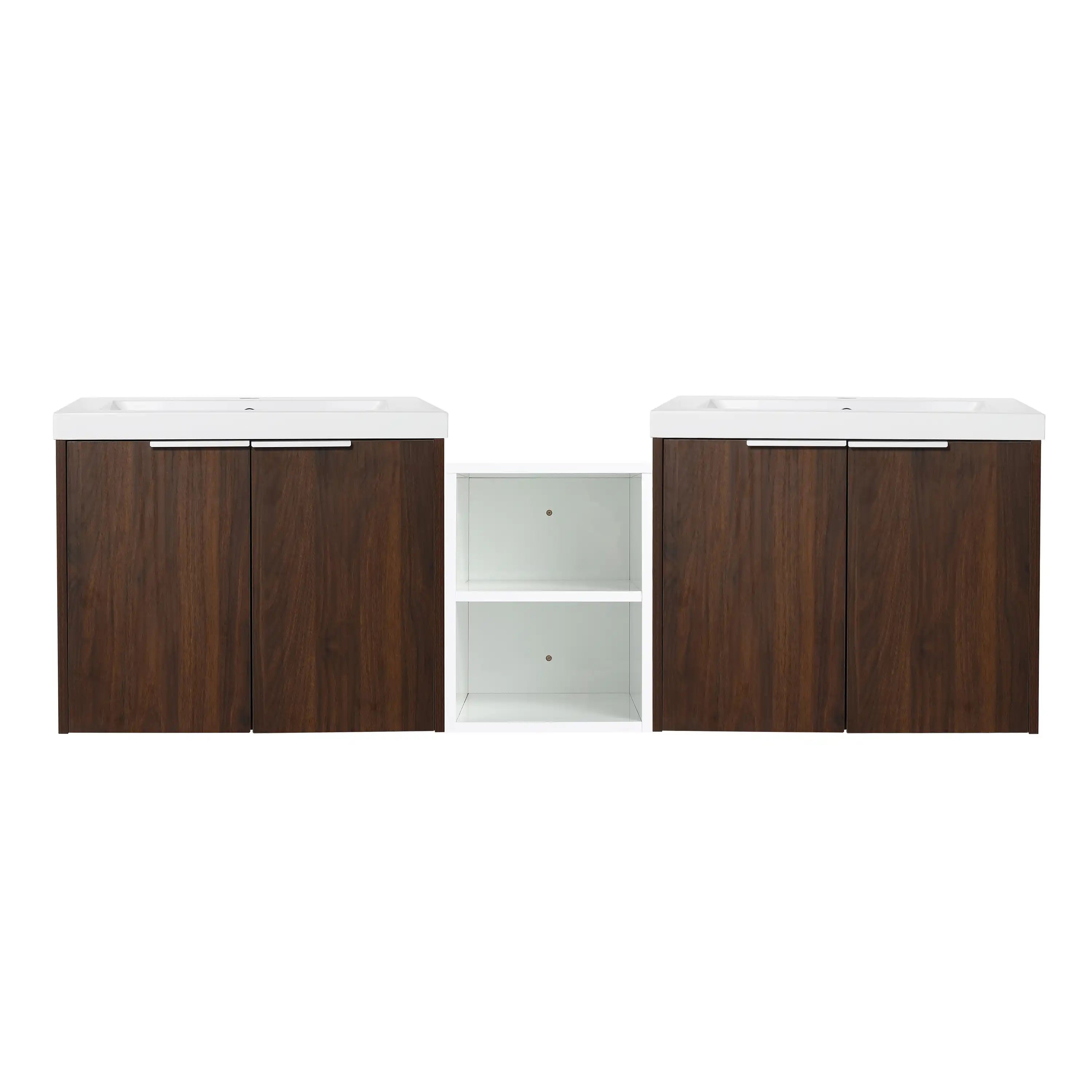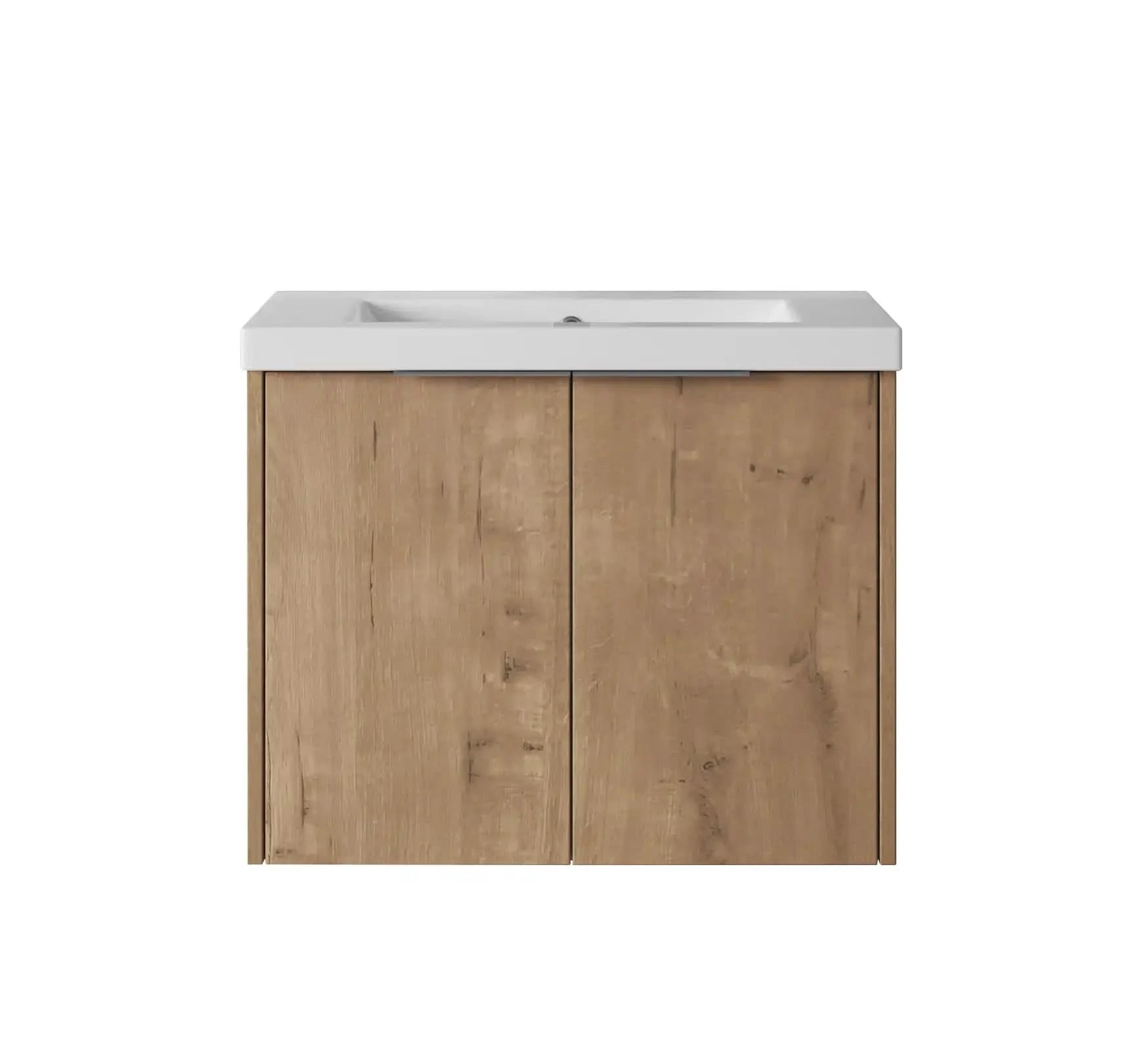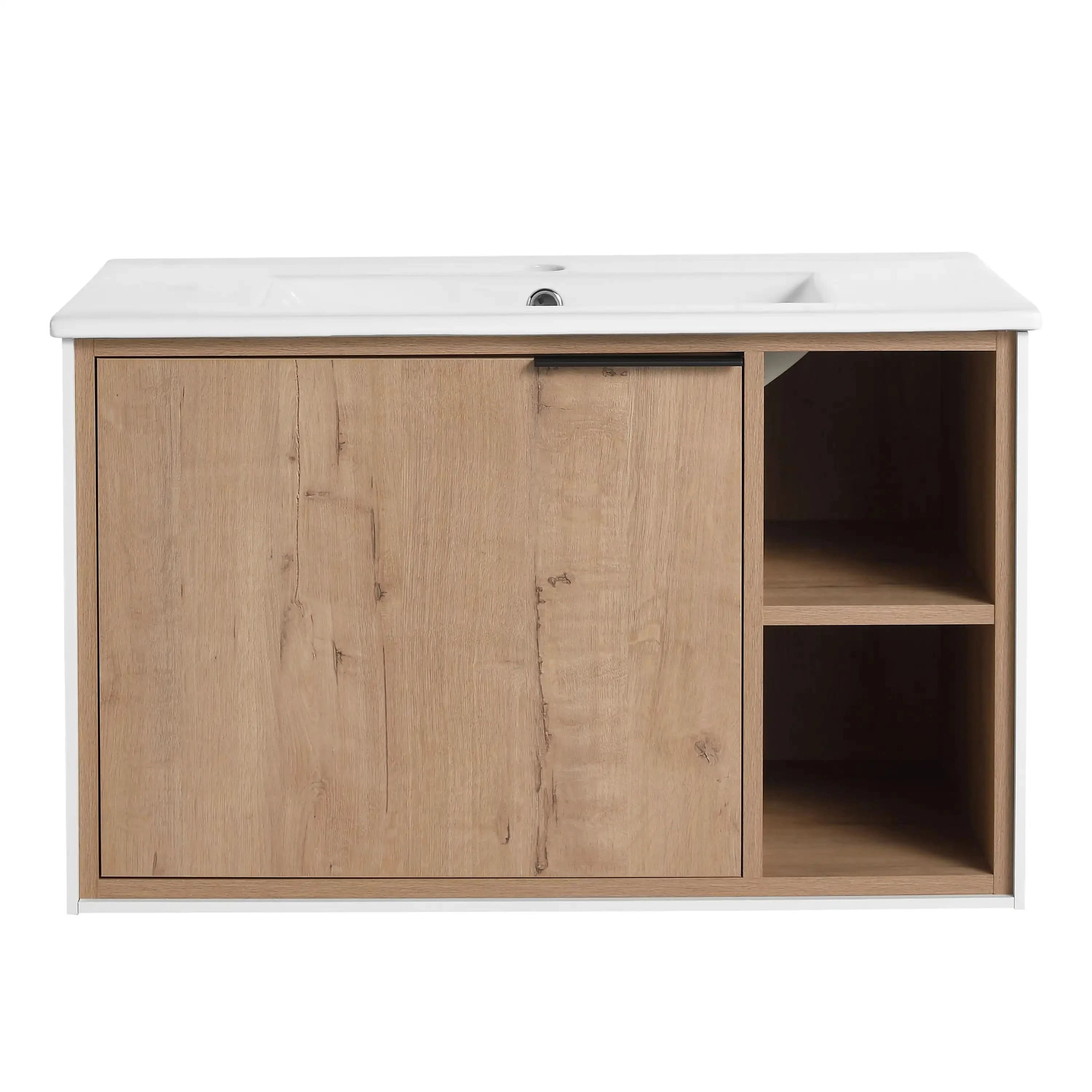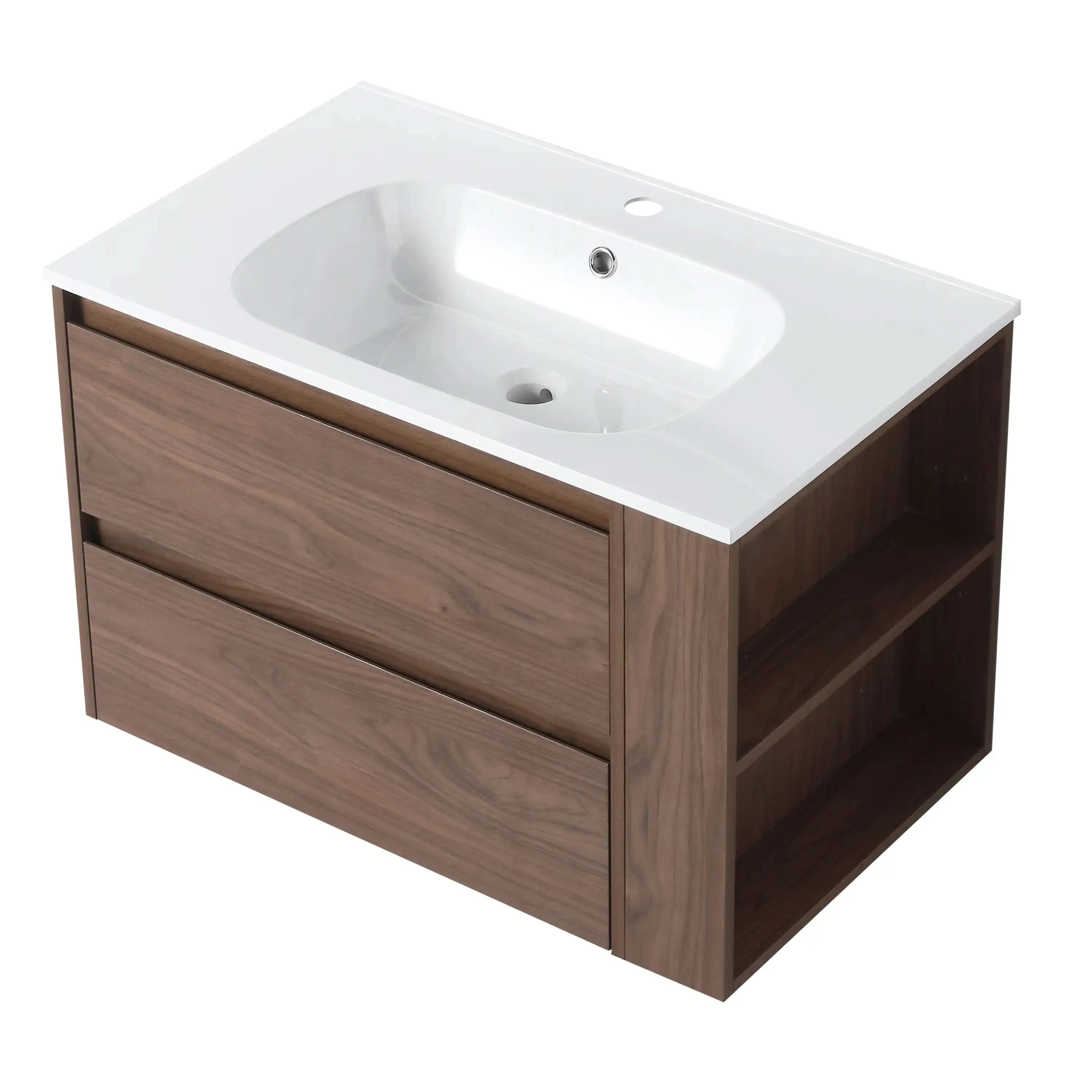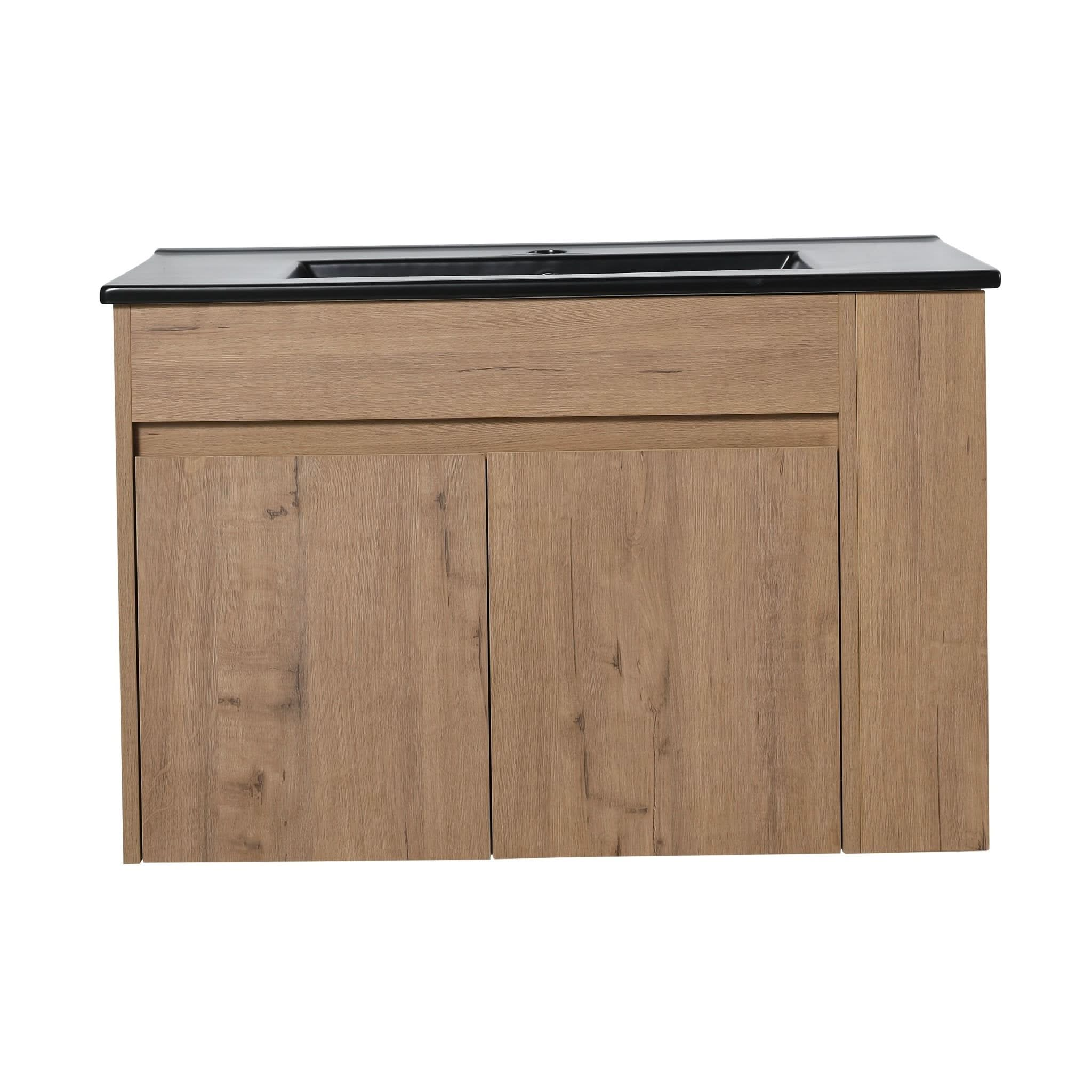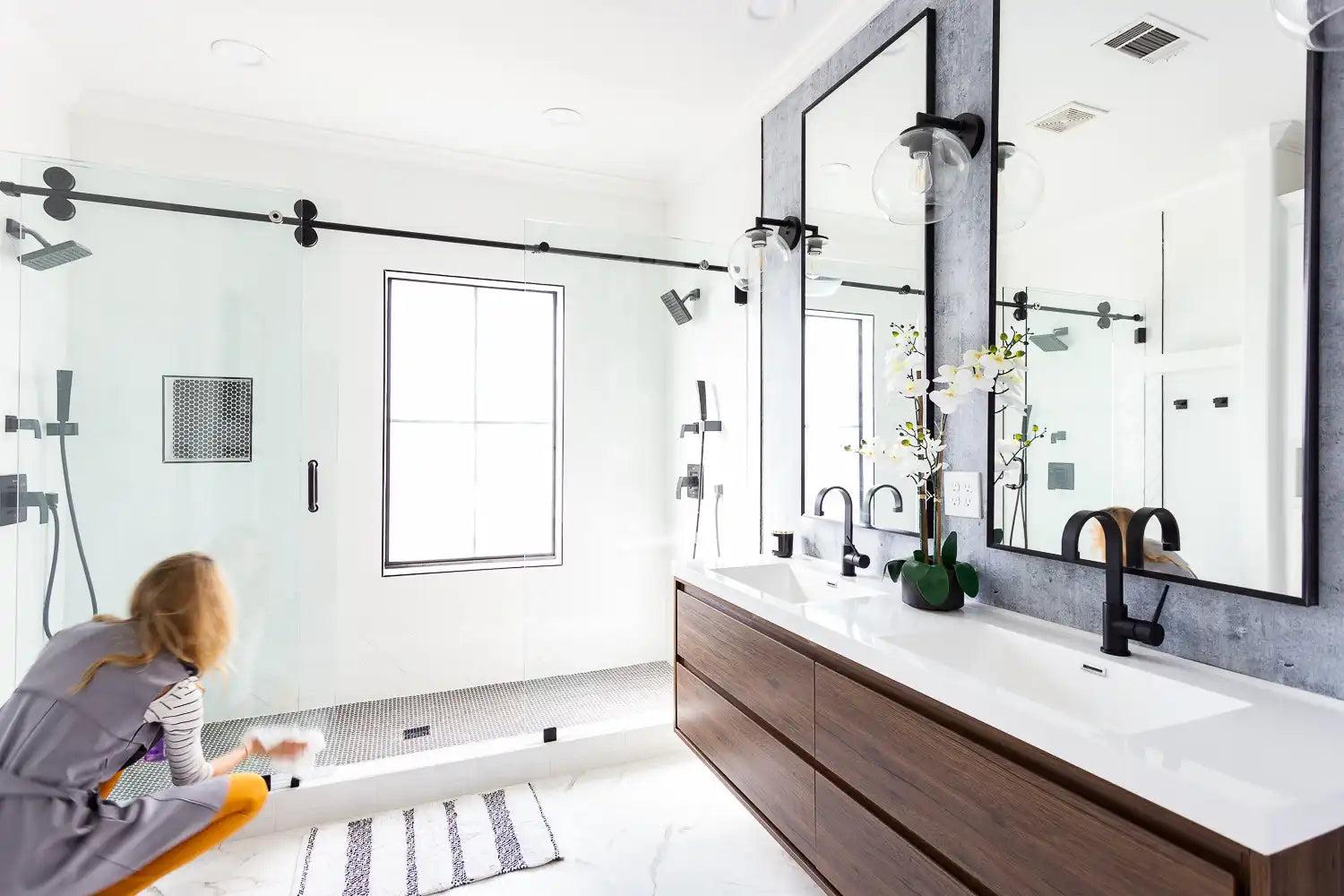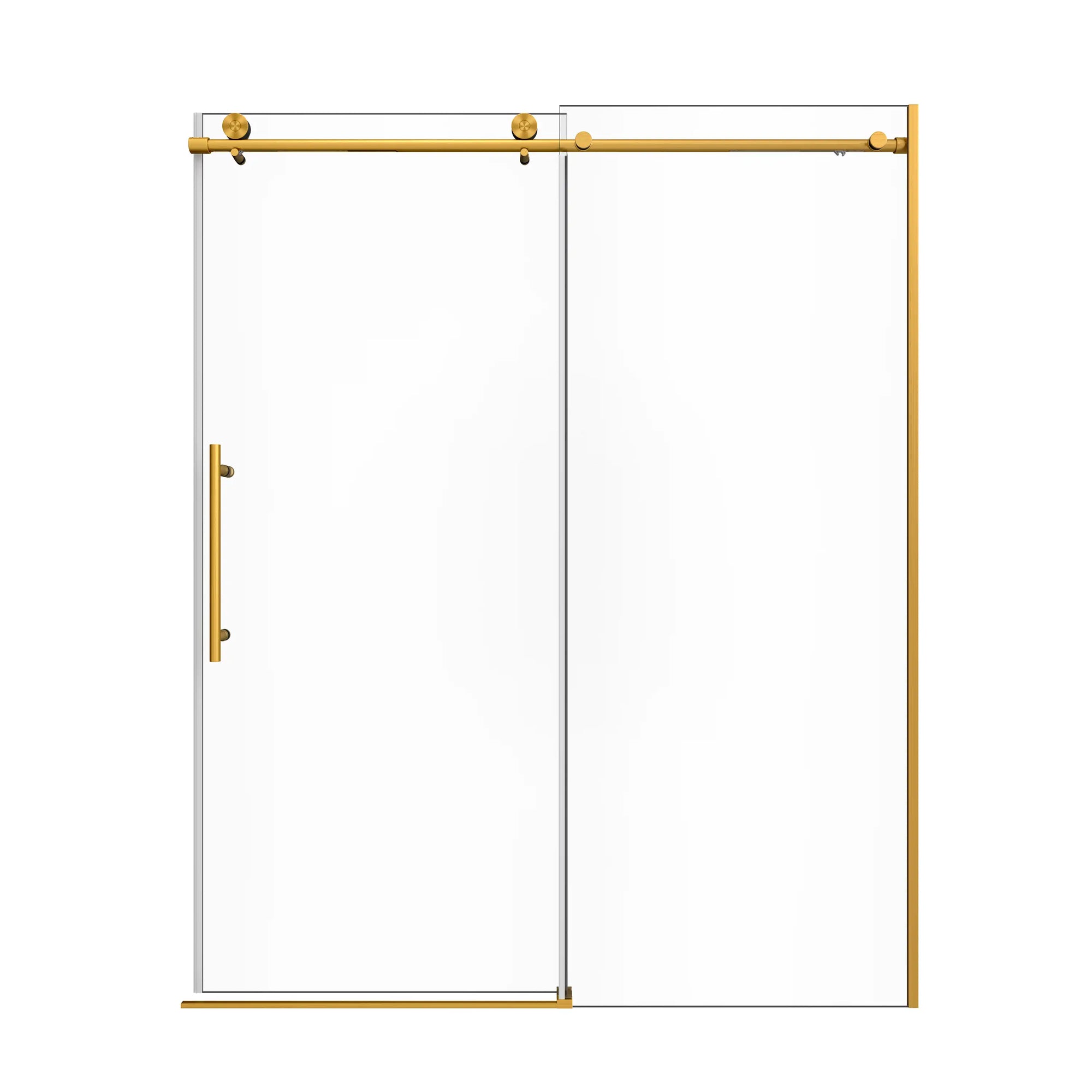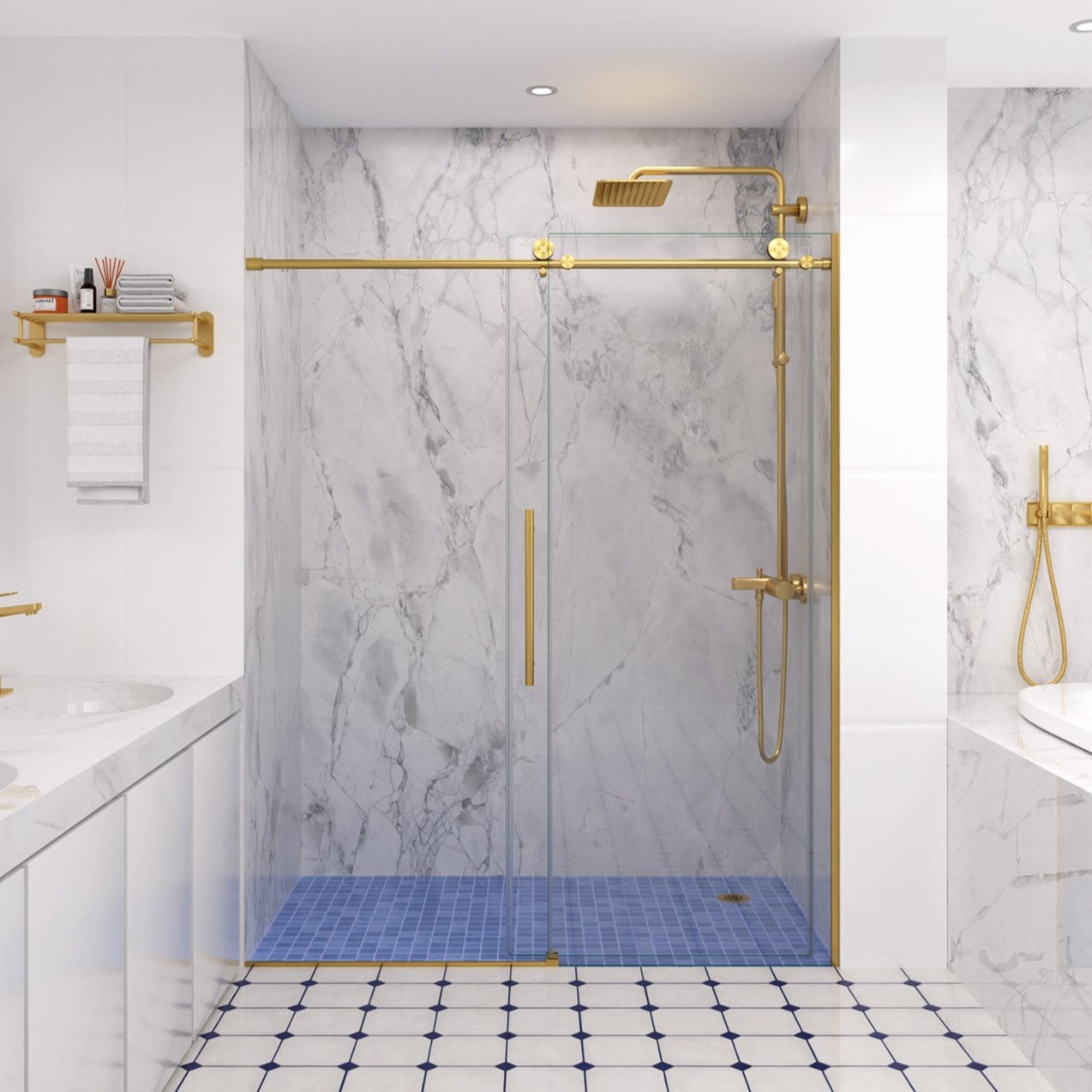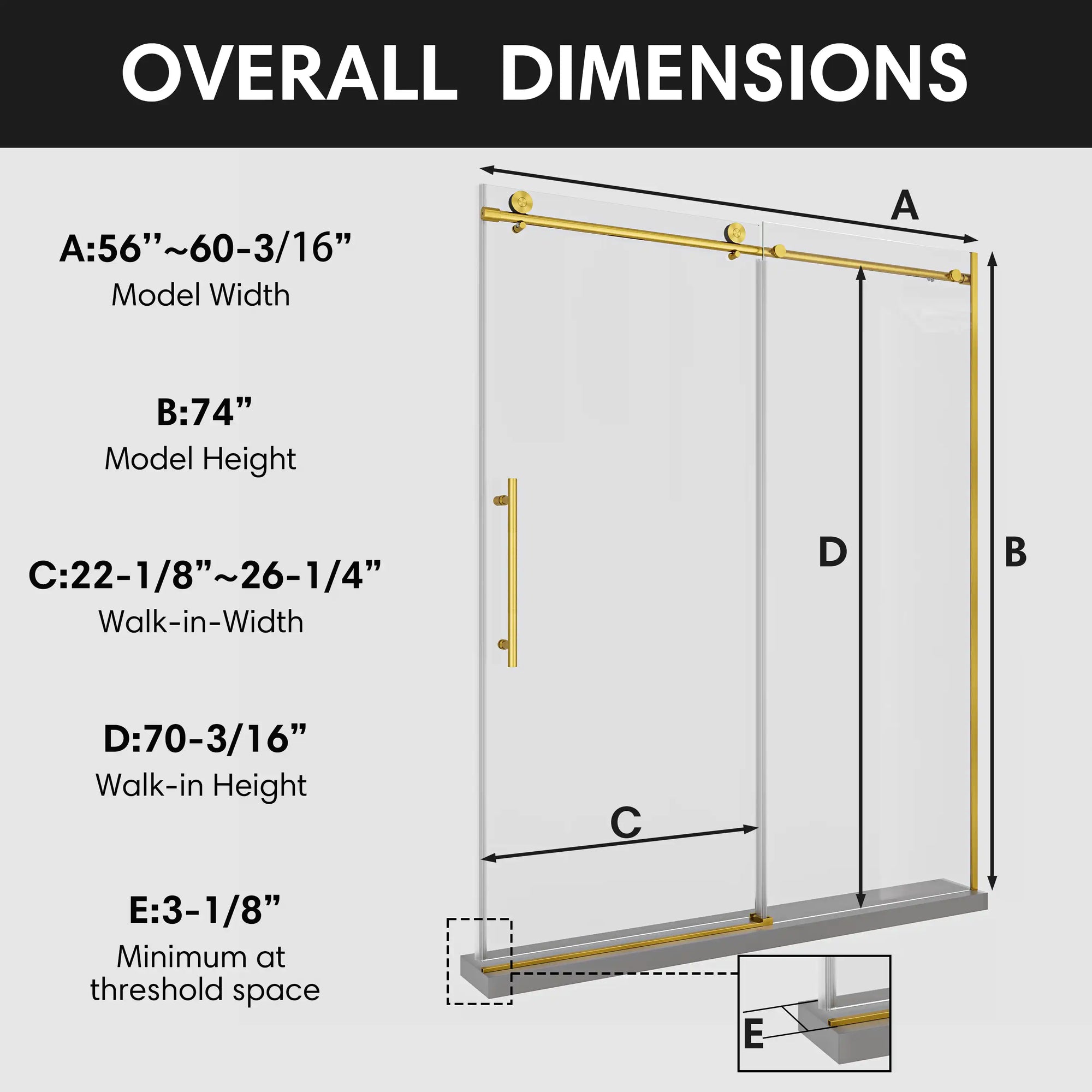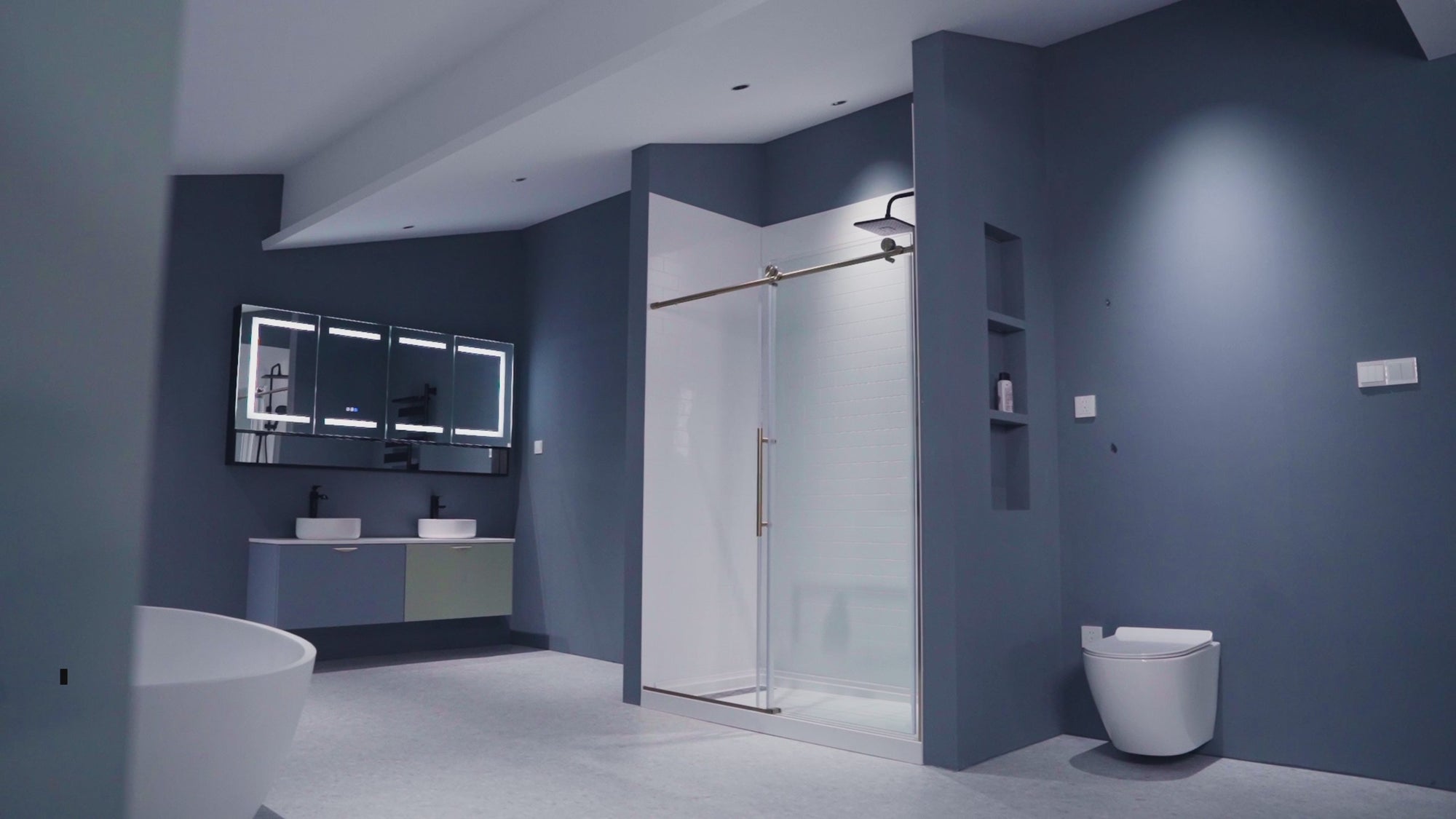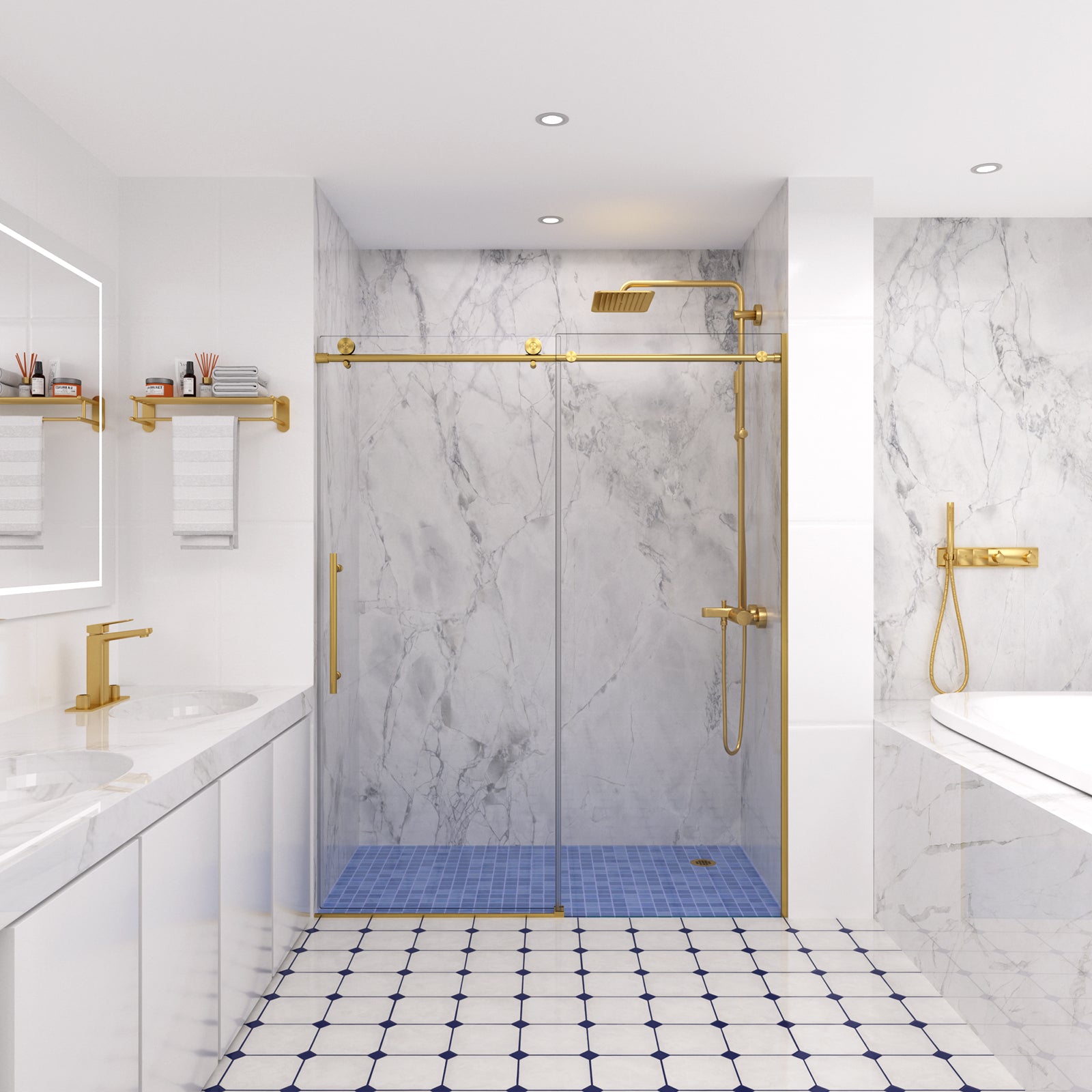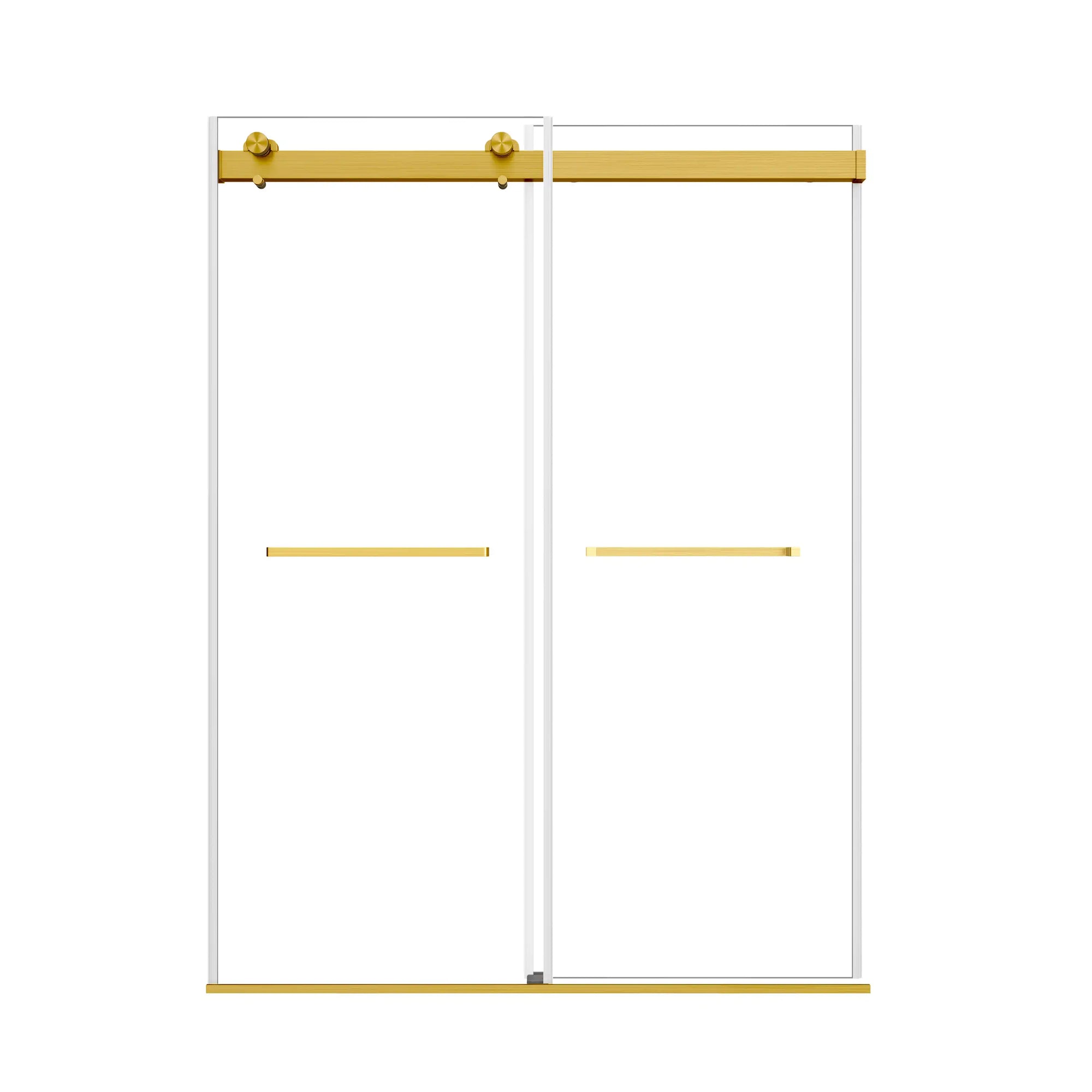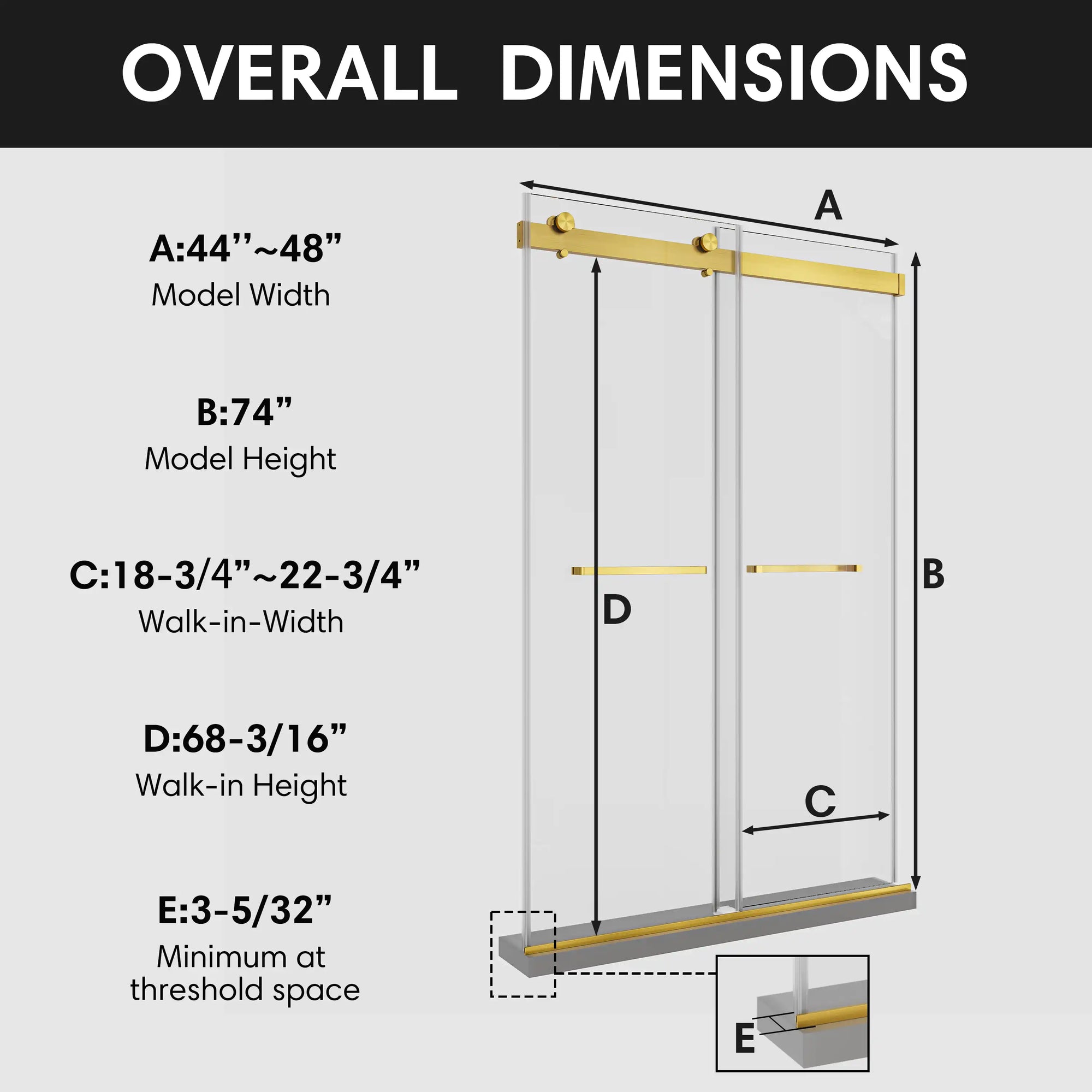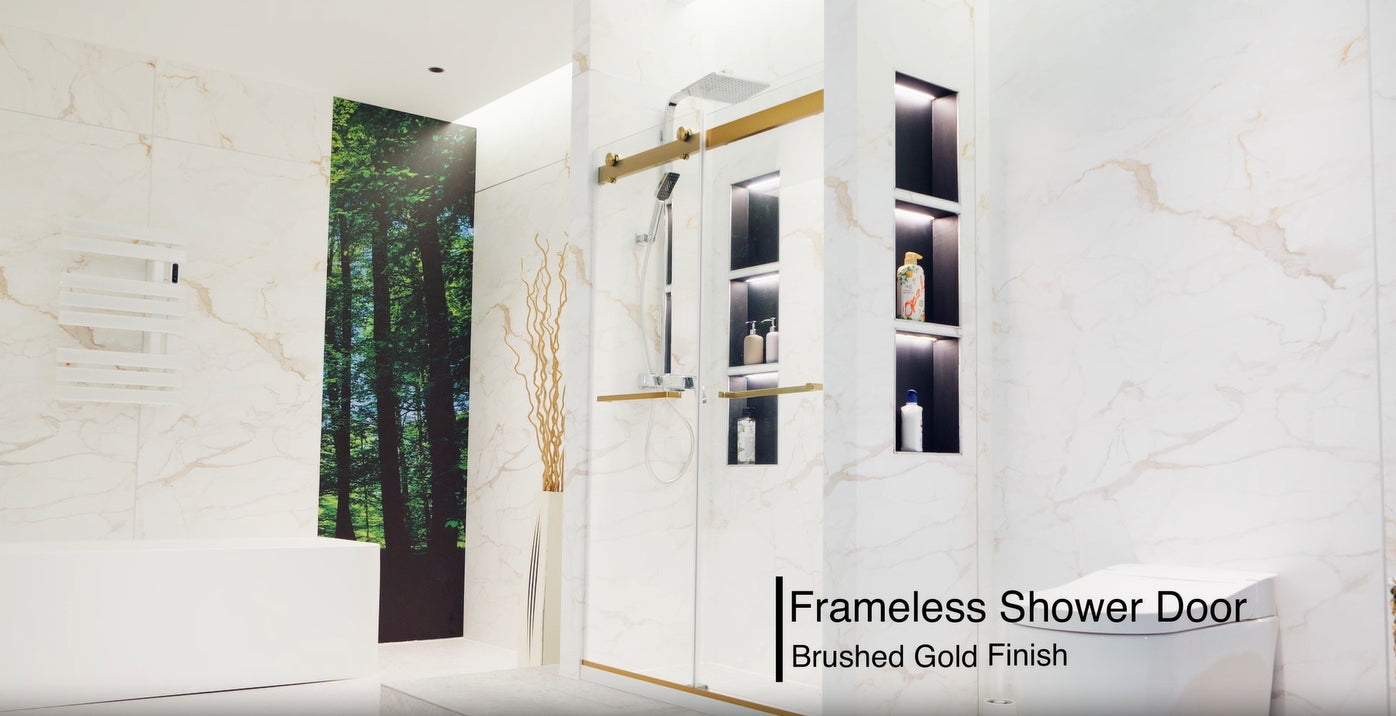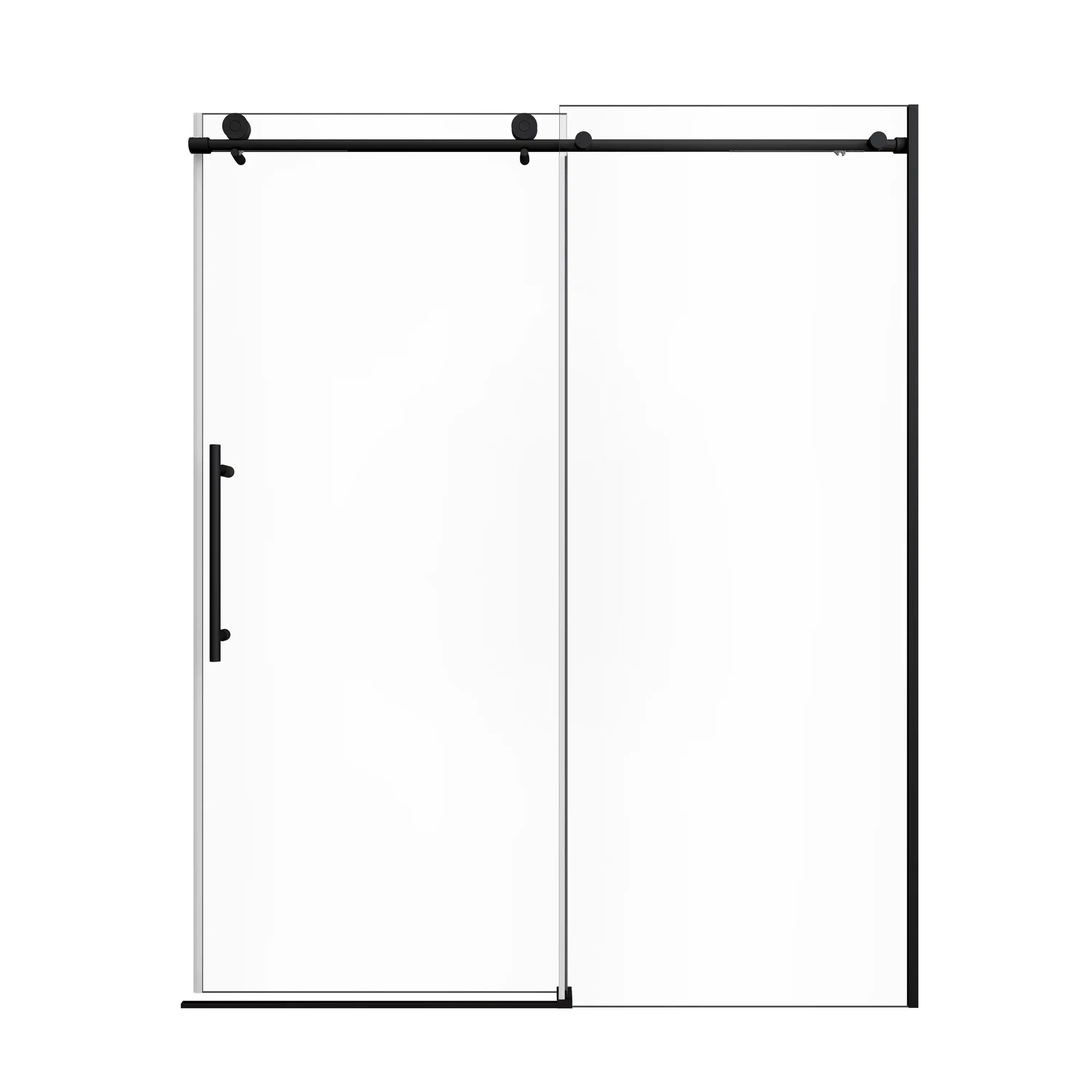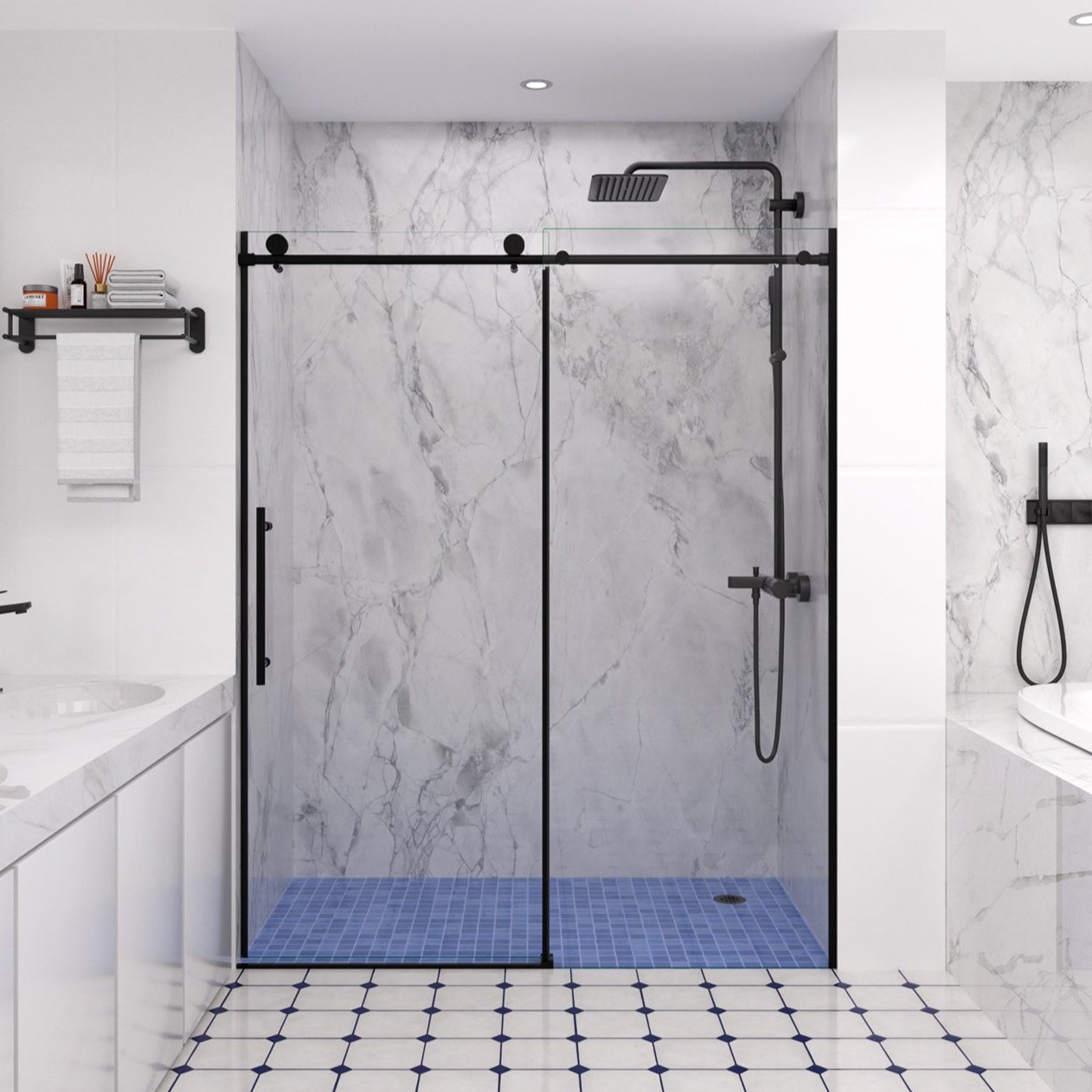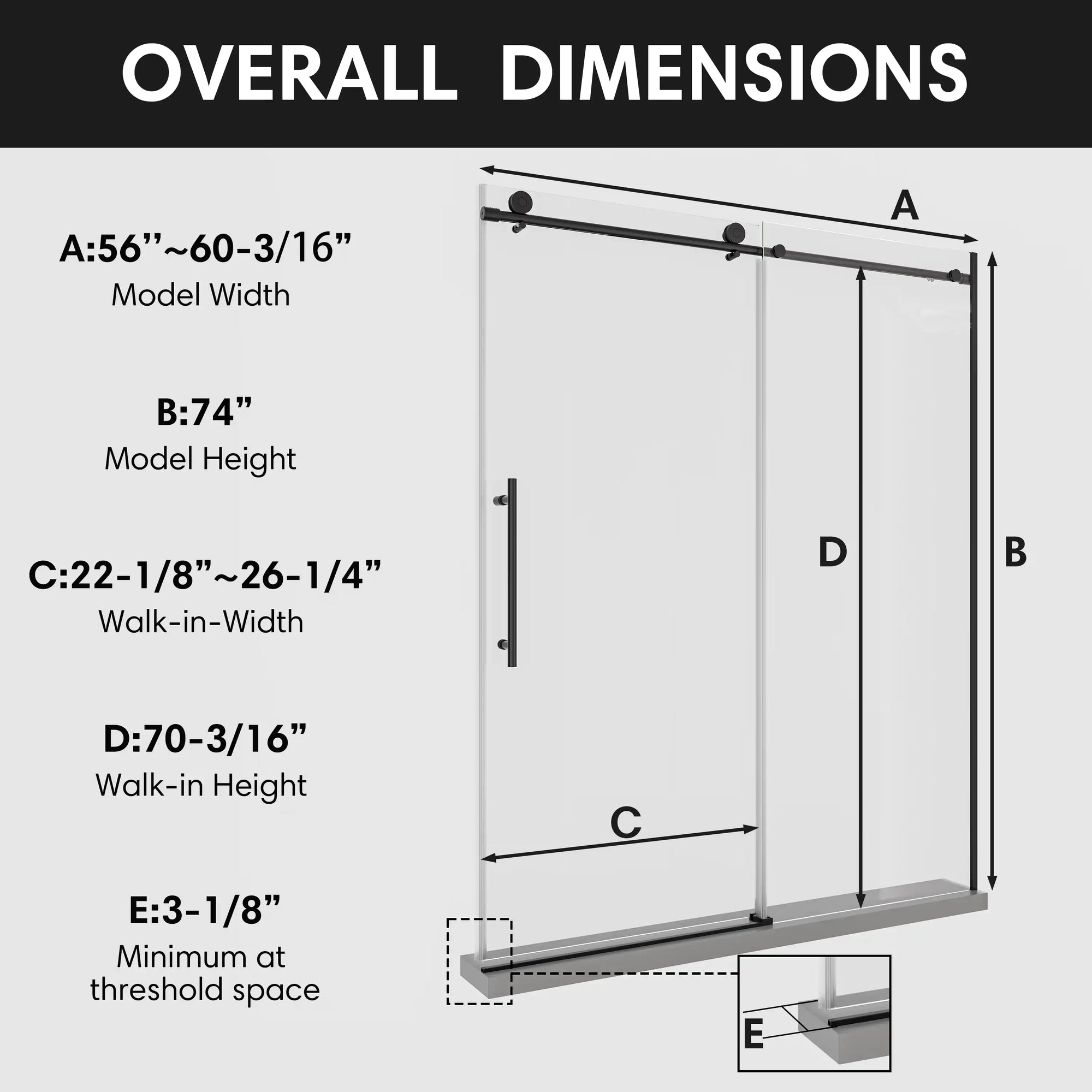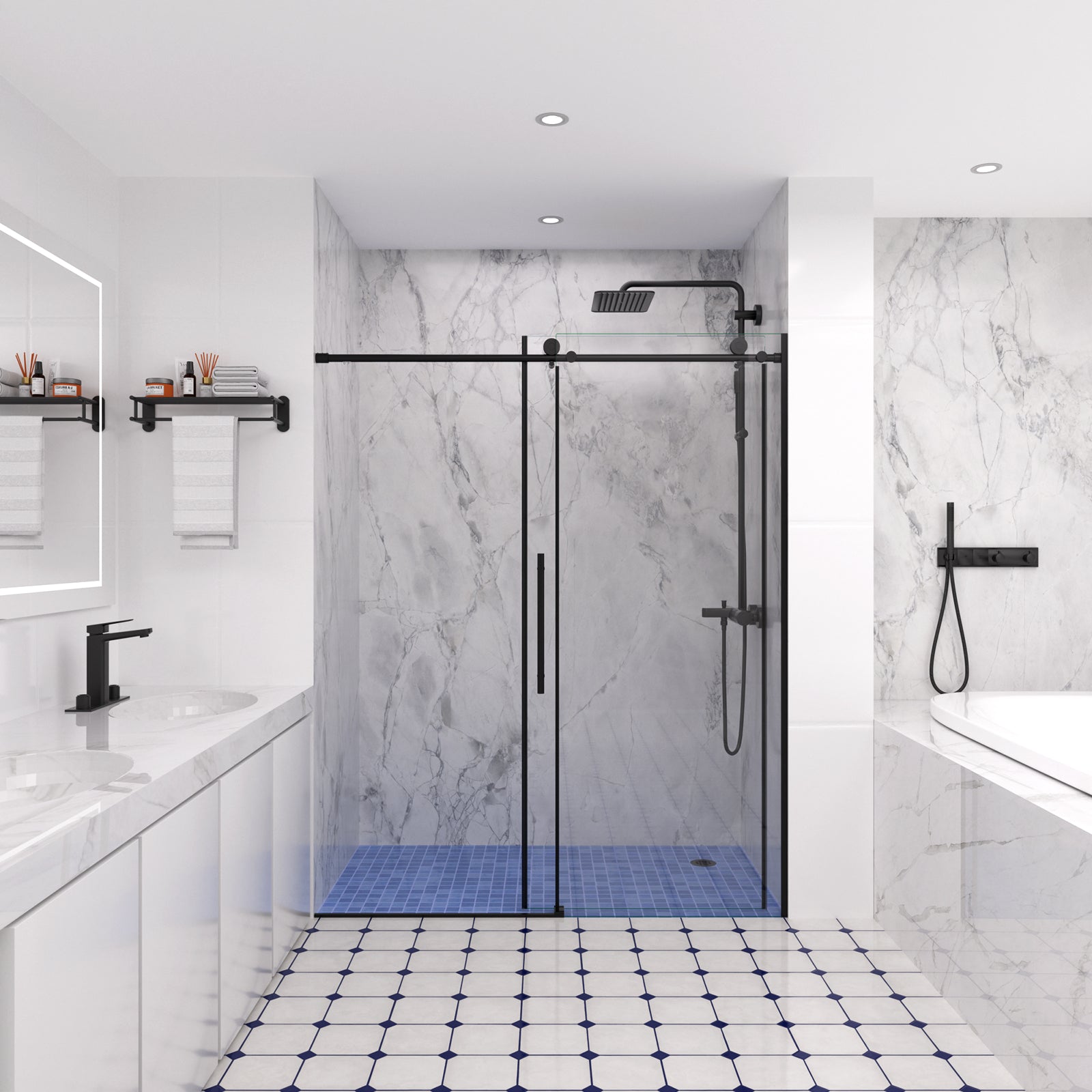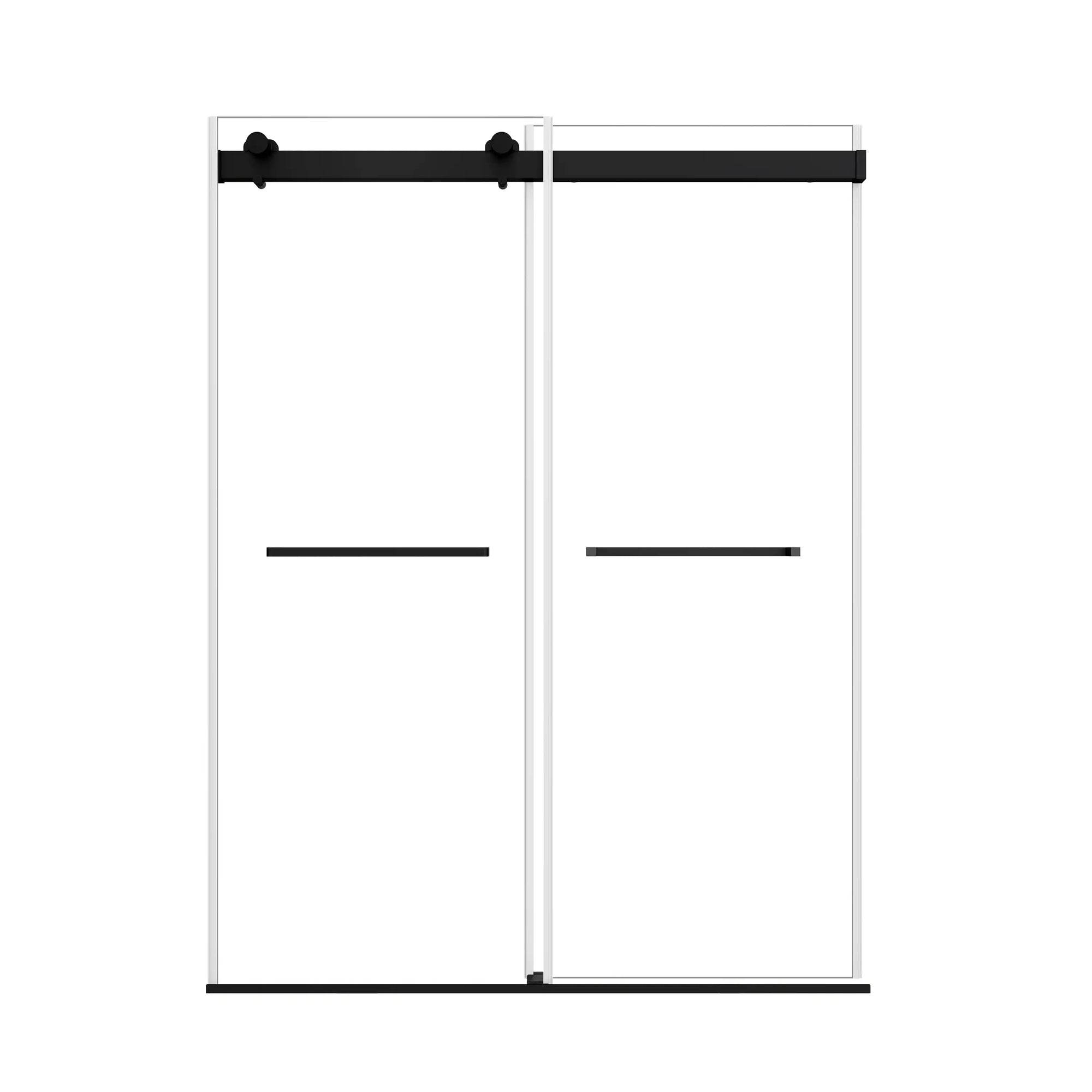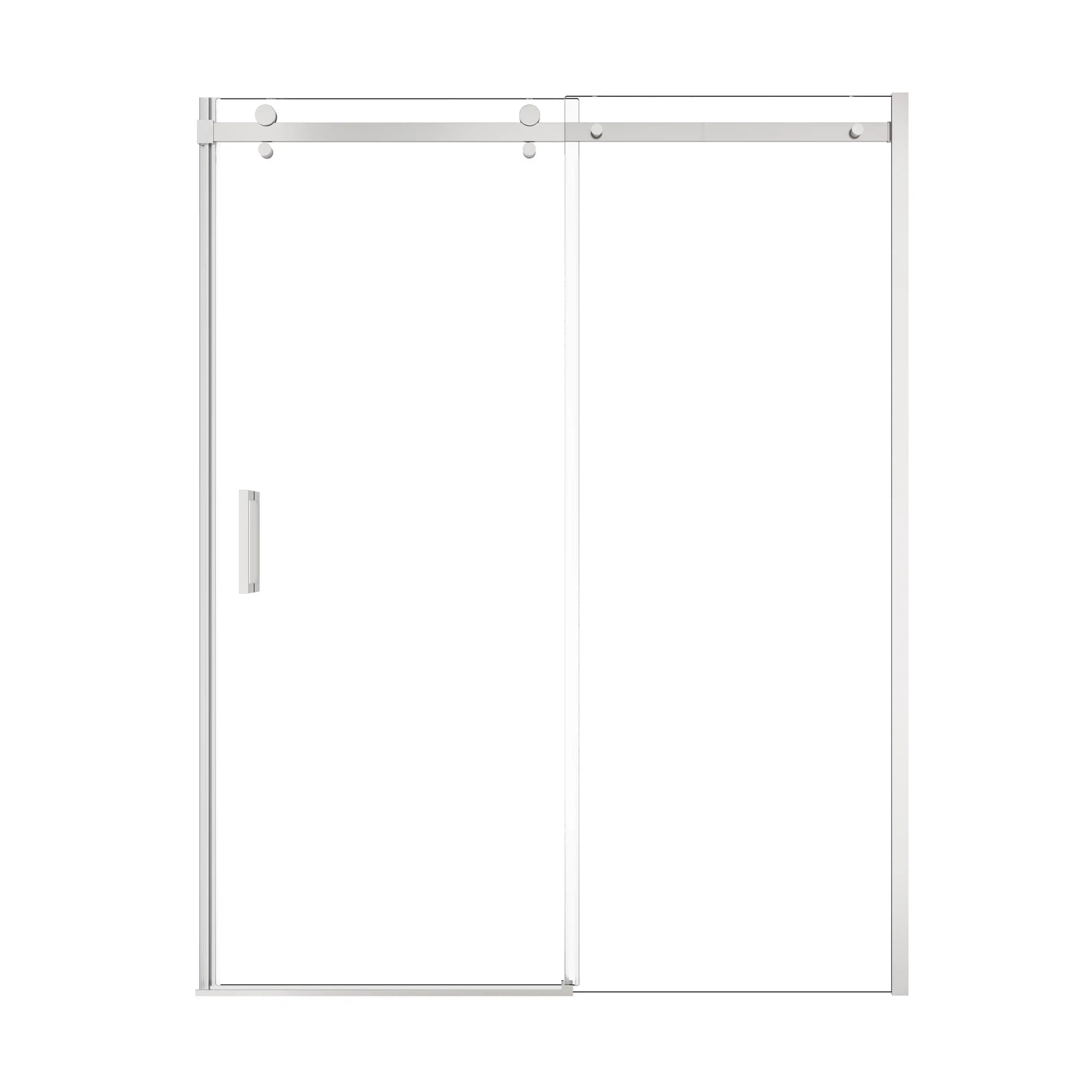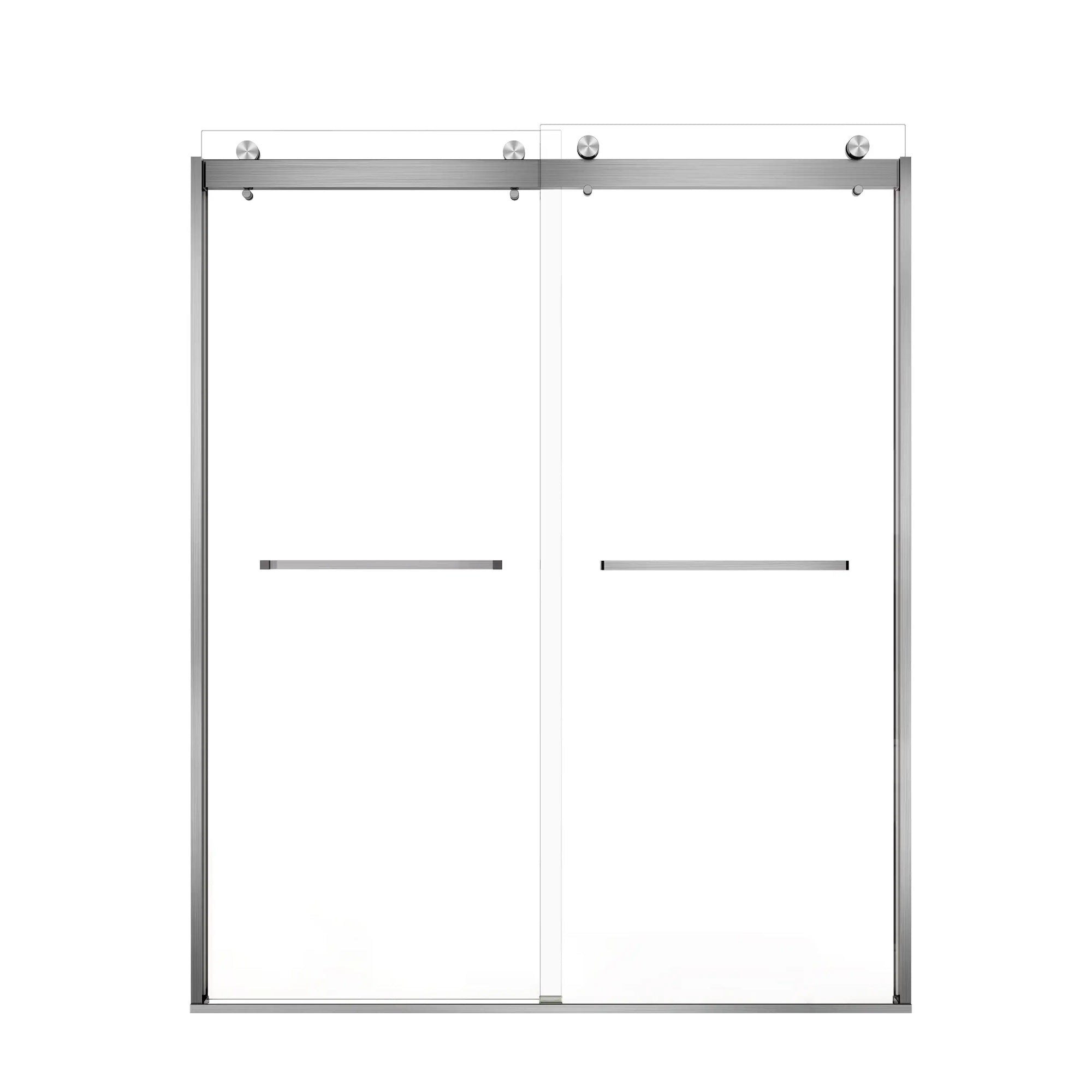Table of Contents
- Please Pause Before Adjusting: What to Check First
- Door Doesn’t Close Tight or Won’t Close at All
- Loose or Shaky Door? Here's What It Means
- Water Seepage and Detached Seals
- Post-Adjustment: How to Know It Worked
- Think Before You Buy: Some Doors Are Easier to Adjust Than Others
- Conclusion
- FAQ
Introduction
Frameless shower doors are almost standard in modern high-end bathroom designs. It is transparent, minimalist, does not block the sense of space, and creates a visual sense of openness. But many families, after using them for some time, begin to encounter small but frustrating issues: the door won’t close properly, it makes noise, or water seeps onto the bathroom floor. You may think something is broken, but in fact, most of these problems can be solved by learning how to adjust frameless shower door correctly.
According to Houzz's 2022 bathroom user survey, 36% of frameless shower door users experience problems such as slight dislocation or loose closure within six months after installation. Of those, about 70% can be resolved by basic alignment and hardware adjustments, without replacing the entire system. This highlights an important fact: knowing how to adjust frameless shower door is now an essential skill for high-end homeowners.
However, most online guides only tell you "how to adjust" without explaining "what to check before you start," "how to verify if the adjustment worked," or "when it’s not safe to DIY." In this article, we’ll walk you through a complete, logical process of how to adjust frameless shower door—from problem diagnosis to actual adjustment and final inspection—so you can keep your bathroom sleek and problem-free.

Please Pause Before Adjusting: What to Check First
Not all frameless door issues can or should be fixed with a quick DIY job. Before you jump into any how to adjust frameless shower door process, it’s critical to evaluate whether the problem is superficial or structural.
The following conditions signal that it’s best to pause and consult a professional:
- The wall is visibly uneven, or the floor hasn’t been properly leveled;
- Cracks, chips, or explosive edges are visible on the glass;
- The door hits other bathroom elements such as toilets or cabinets;
- The hinge area is significantly sagging or the supporting rod is detached.
These issues go beyond simple fixes and may pose safety risks if you proceed with a standard how to adjust frameless shower door approach.
Door Doesn’t Close Tight or Won’t Close at All
A door that won’t shut properly or bounces open is one of the most common frustrations. It often results from sagging, gravity-induced misalignment, or slightly loosened screws.
Typical causes include poor leveling during installation, downward shift over time, or worn hardware—all perfect use cases for learning how to adjust frameless shower door correctly.
Quick Fix:
- Use a hex wrench to adjust the hinge screws, focusing on the upper hinge first to restore vertical alignment;
- Check the gap between the door and the wall using a level and fine-tune as needed;
- If your door has adjustable hinges (like those on DreamLine or Kohler models), rotate the set screw to fine-tune the position by ±5°.
Understanding how to adjust frameless shower door in this context saves you from costly service calls for a problem that often takes 10 minutes and a single tool to fix.

Loose or Shaky Door? Here's What It Means
A frameless shower door that wobbles or creaks when touched is often due to loose hinge bolts or unstable hardware connections. While the door may still close, this issue undermines both safety and the premium feel of your bathroom.
This is where how to adjust frameless shower door isn’t just about angles—it’s about structural integrity and long-term usage comfort.
What to Do:
- Remove the decorative covers and use a Phillips screwdriver to tighten all connection points;
- Inspect for gaps between the glass and its brackets—if any, insert rubber spacers or replace worn washers;
- Apply a light lubricant to the hinge for smoother motion and reduced noise.
Don’t overlook this step in your how to adjust frameless shower door journey. Hardware stability is just as vital as alignment for seamless daily operation.

Water Seepage and Detached Seals
If you’re noticing puddles outside the shower even when the door shuts firmly, poor sealing is likely the issue—not necessarily a broken waterproof strip.
This is where the fine art of how to adjust frameless shower door makes a big difference in your daily comfort.
Best Practices:
- Slightly adjust the door angle so the seal makes even contact with the floor;
- Replace worn waterproof strips with EVA-backed adhesive seals for better durability and moisture resistance;
- Consider adding a magnetic closing strip or a bottom water deflector if the door lacks these elements.
According to HomeAdvisor’s 2023 user feedback, more than 70% of waterproofing complaints were resolved within 24 hours using proper how to adjust frameless shower door techniques and the right replacement parts.

Post-Adjustment: How to Know It Worked
After performing how to adjust frameless shower door, many people assume “that should fix it.” But unless you check the results properly, small misalignments can come back quickly.
Here’s a checklist to confirm your adjustment was successful:
- Door gaps are even from top to bottom, with no visible leaning;
- A sheet of paper inserted at the seal cannot be pulled out easily once the door is closed;
- After five cycles of opening and closing, the door stays aligned and quiet;
- The floor outside the shower remains dry after a full use.
Only when all these conditions are met can you consider your how to adjust frameless shower door effort complete.
Think Before You Buy: Some Doors Are Easier to Adjust Than Others
If you're currently shopping for a new door or planning a bathroom renovation, consider choosing a frameless model designed with adjustment in mind. Many customers search for how to adjust frameless shower door after discovering their current model is impossible to fine-tune.
Recommended Features:
- Hinges with ±5° adjustment range;
- Built-in splash guard or bottom water deflector;
- Magnetic closure system for stronger sealing;
- Replaceable gaskets and peel-and-stick seals.
Brands like Aston, Vigo, and DreamLine offer frameless shower door models optimized for easy maintenance and adjustment. When comparing models, always consider how easy it is to execute basic how to adjust frameless shower door procedures.

54" x 74" Frameless Single Sliding Shower Door
Tempered glass and magnetic seals enhance safety and keep water contained. Nano coating reduces cleaning time by up to 40%. Adjustable width ensures compatibility with various setups. Corrosion-resistant stainless steel handles moisture effortlessly.
Conclusion
Adjusting your shower door may seem minor, but it impacts your home’s comfort, usability, and even resale value. A wobbly, leaky, or misaligned door disrupts not just your morning routine, but also the long-term aesthetics of your bathroom.
Mastering how to adjust frameless shower door gives you greater control over home maintenance while reducing reliance on service professionals for minor fixes. It’s a smart, empowering upgrade for any high-end homeowner.
If you’re in the market for a new model, prioritize options with high adjustability and replaceable components. Do it right once, and enjoy five years of peace.
FAQ
Q1: Can all glass shower doors be adjusted at home?
No. Models with embedded or fixed hinges may not support user-friendly adjustment. Check the manual before attempting any how to adjust frameless shower door procedure.
Q2: What if the door gets stuck while adjusting?
It could be due to internal hinge blockage or structural skew. Loosen gently, realign, and re-tighten. A little patience goes a long way in how to adjust frameless shower door tasks.
Q3: My door shifts again after frequent use—why?
Frequent use can loosen screws or stress mounting points. Reinforce all fasteners and consider adding vibration-dampening gaskets during your next how to adjust frameless shower door check.
Q4: Is it safe to adjust the door in a humid environment?
Yes, but keep tools and seals dry for better grip and adhesion. Most adhesives work best when dry—important to remember during any how to adjust frameless shower door process.
Q5: Can mold at the base be caused by poor adjustment?
Yes. Poor sealing lets water sit and stagnate. Using a water-blocking strip and performing a proper how to adjust frameless shower door fix can prevent mold from forming.
Related Articles:
A Complete Guide to Frameless Shower Doors vs. Semi-Frameless Shower Doors
Frameless Shower Door Hinge Adjustment: 5 Easy Steps to Fix Loose Glass Door Hinges
